 Posted Apr 18, 2012, 1:24 AM
Posted Apr 18, 2012, 1:24 AM
|
|
Registered User
|
|
Join Date: Sep 2005
Posts: 566
|
|
|
The best of Long Island: Part 1 Great Neck, Manhasset, Munsey Park & Russell Gardens
Great Neck is large town on the north shore of Long Island’s Nassau County. It was settled in the late 1600’s as farming lands and remained that way until the late 19th century when the railroad was constructed through and serviced the area. It transformed from a scarcely populated farming community into a populated commuter suburb practically over night. Great Neck boomed with many businesses, lounges, restaurants and shops and came to symbolize the decadence of the roaring 20’s. As actors and actresses flocked to the posh streets surrounding Great Neck’s downtown Plaza it became sought after by New York City’s upper middle class looking to escape life in the big city. The area also took on large populations of Brooklyn and the Bronx’s former Jewish population and soon became known as a haven for Jews looking to flee the city. In the 1940’s after WW2, the Ashkenazi sect of Jews came to Great Neck and established synagogues and businesses that cater to their people. During white flight the population jumped again. Great Neck became the ideal commuter suburb, with a bustling central business district, rail access and spacious tree lined residential blocks. Iranian Jews began settling the area in the 1980’s after the Islamic Revolution in 1979. Today they dominate Great Neck which now serves as the center of life for the Persian community of Metropolitan New York. Iranian synagogues and businesses popped up all over Great Neck next to the Ashkenazi businesses and houses of worship which sat next to older Jewish synagogues and businesses. Great Neck has become a cornucopia of Jewish sects living side by side in the affluent community on the north shore. One of the newest groups to the area are the ultra orthodox Jews. Recently East Asian populations have begun moving into Great Neck and as the demographic shifts, the evidence can be seen in the bustling center of town reflected in its many businesses.
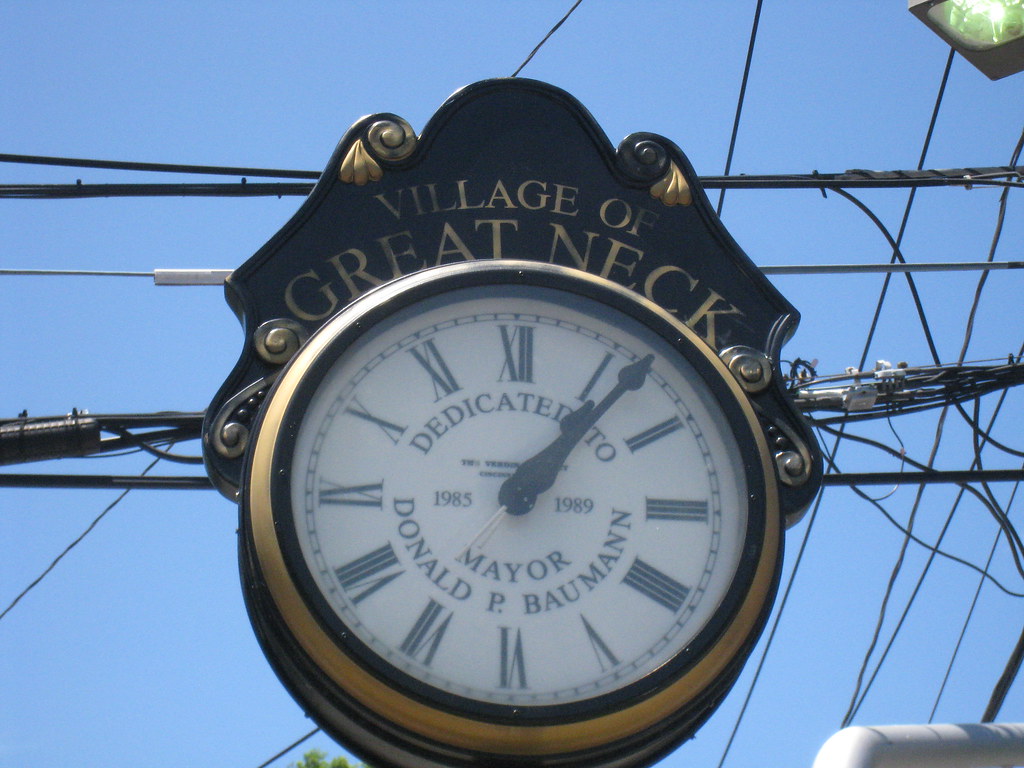

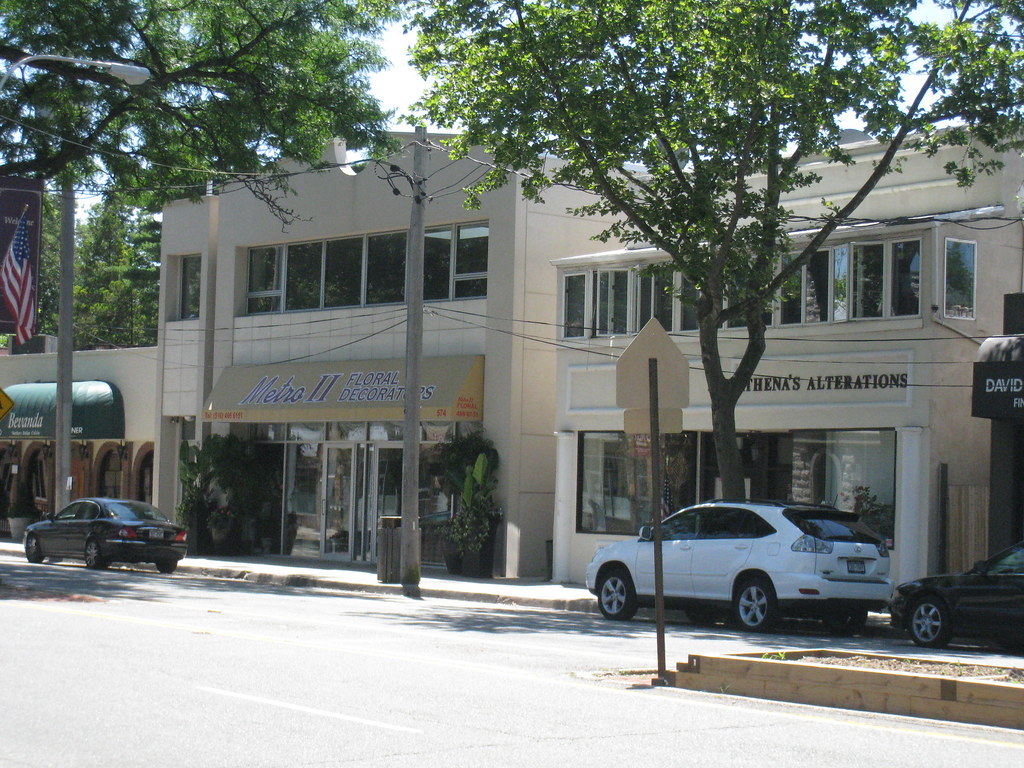





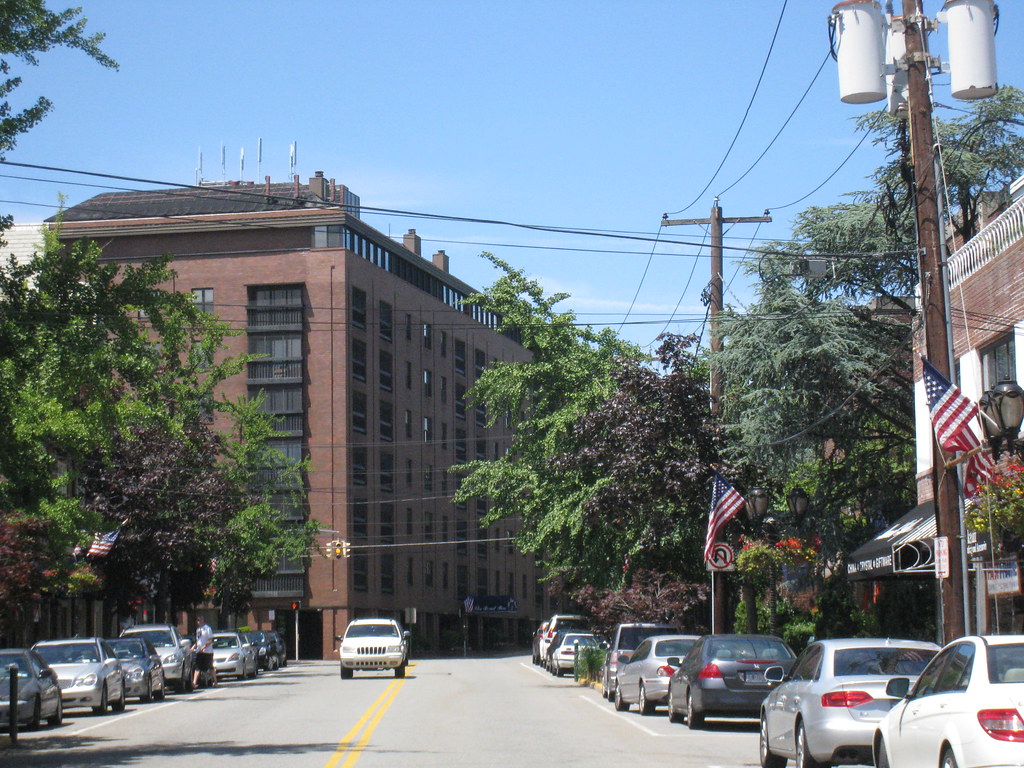
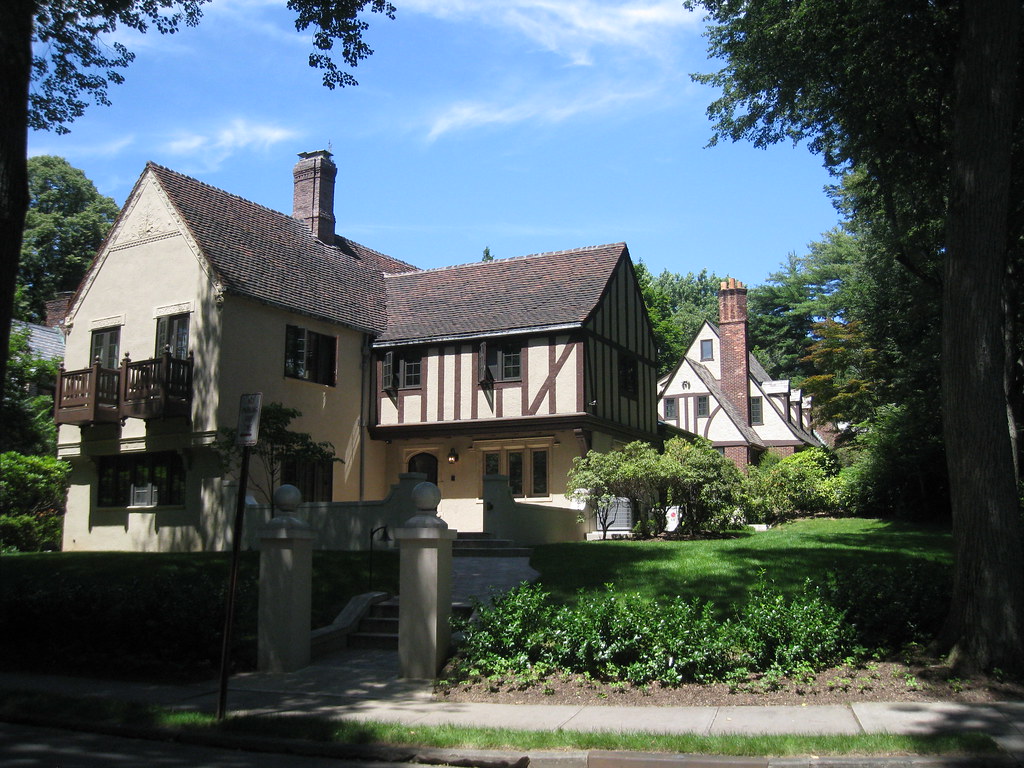
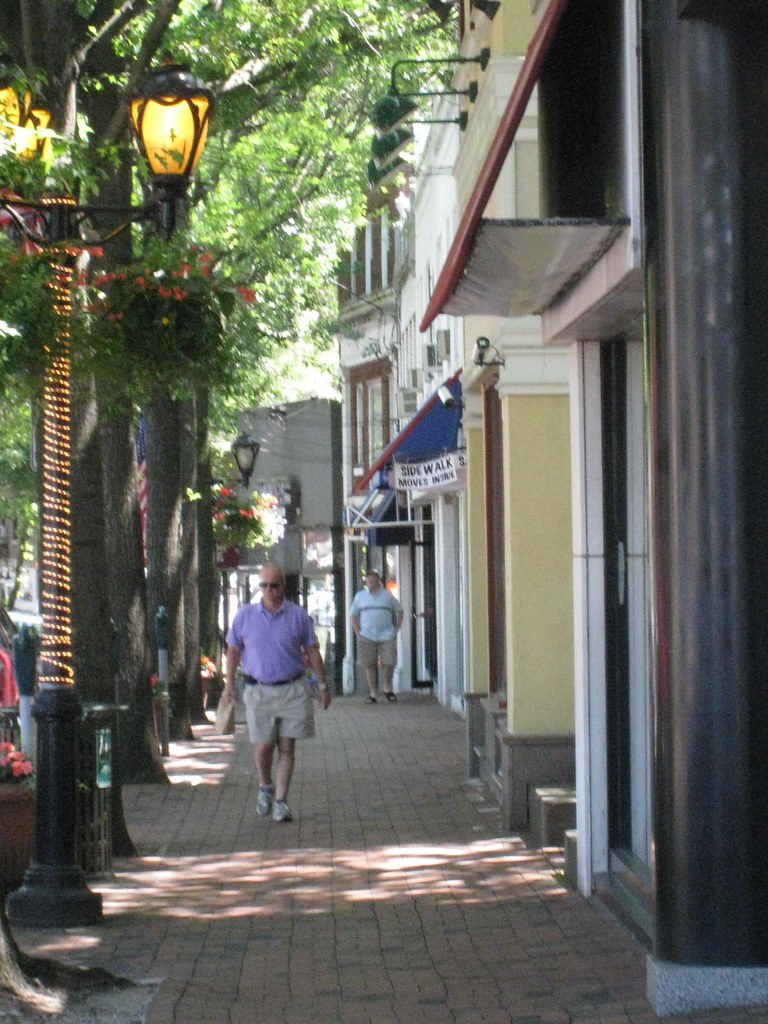
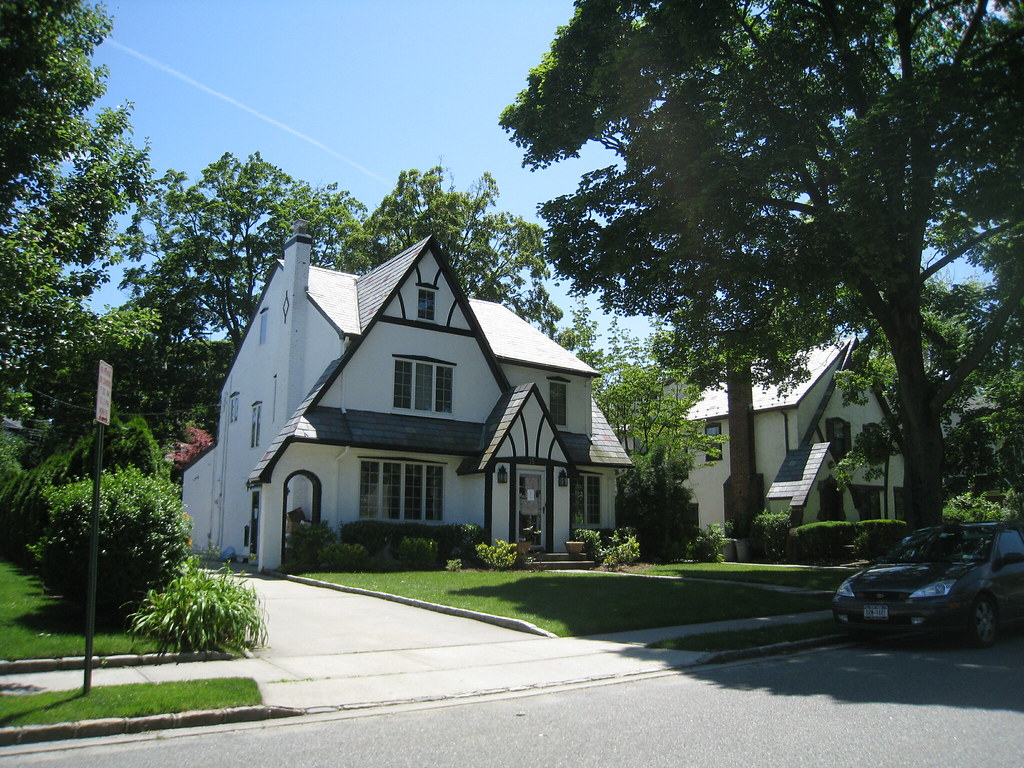
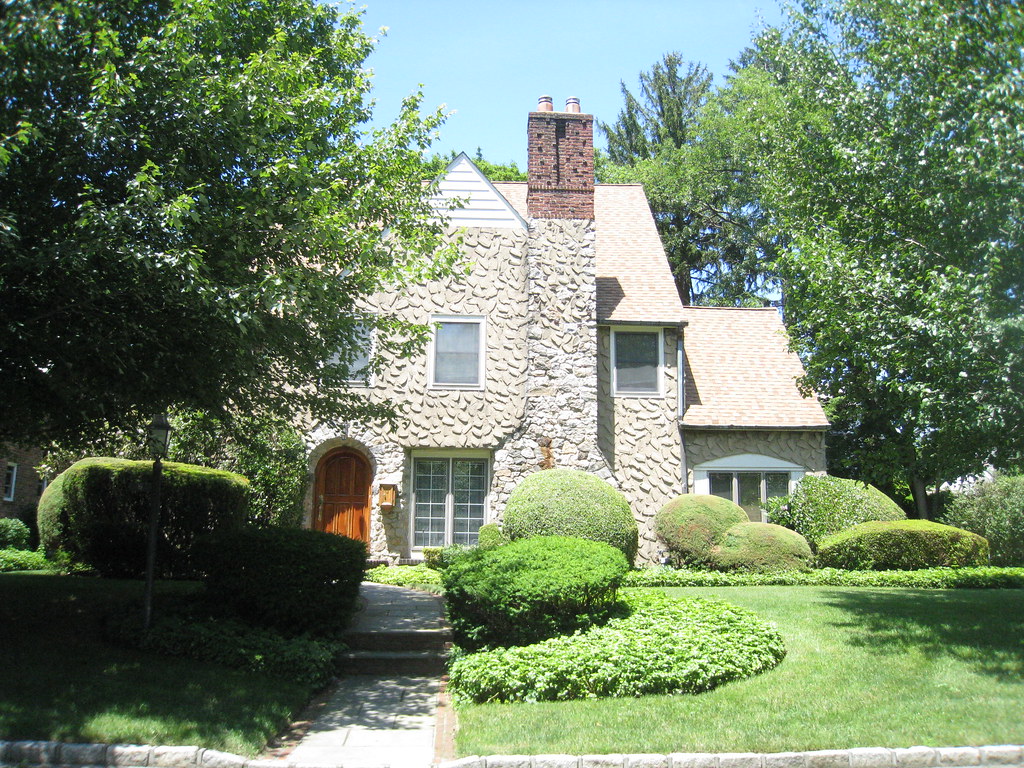
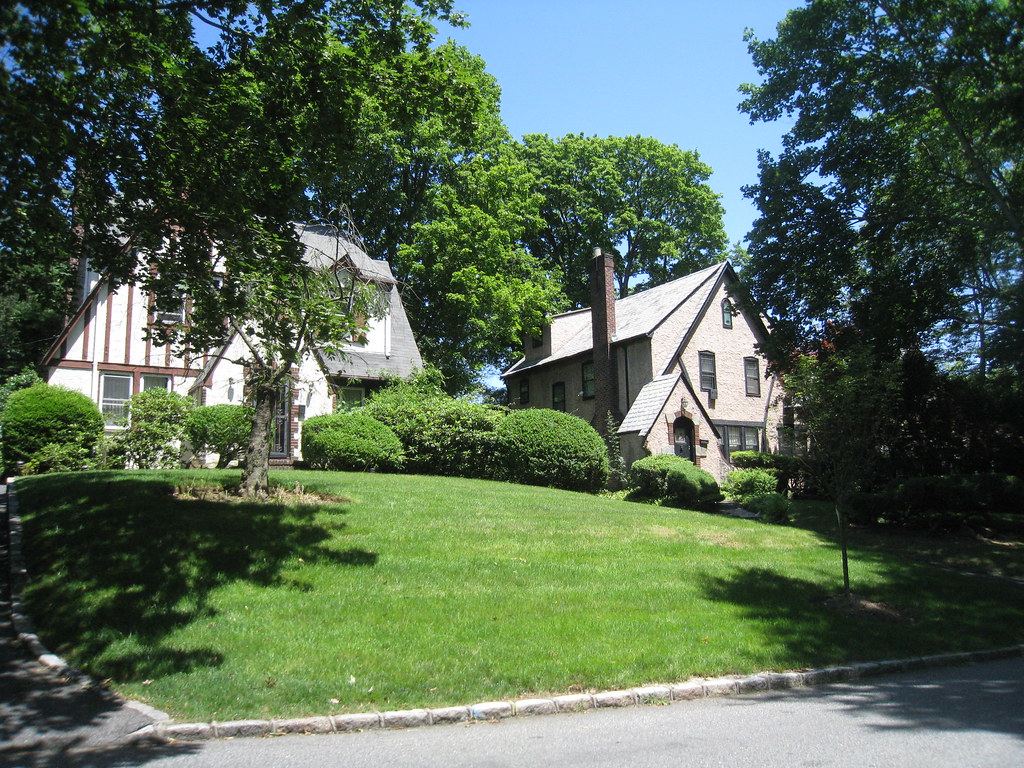
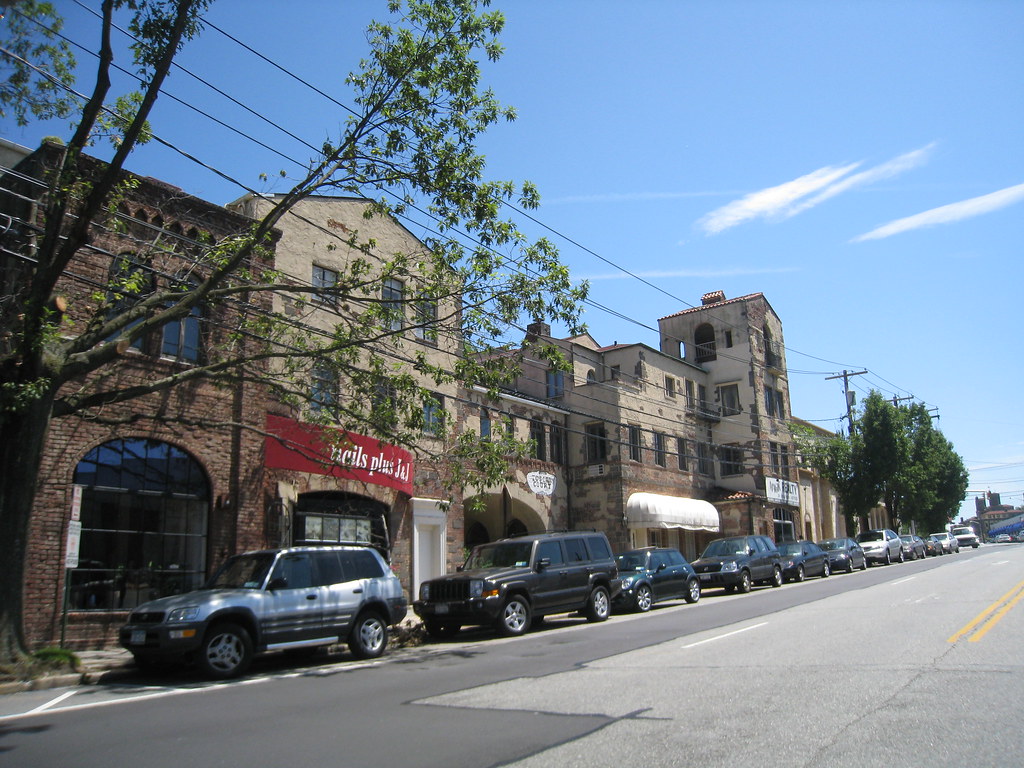
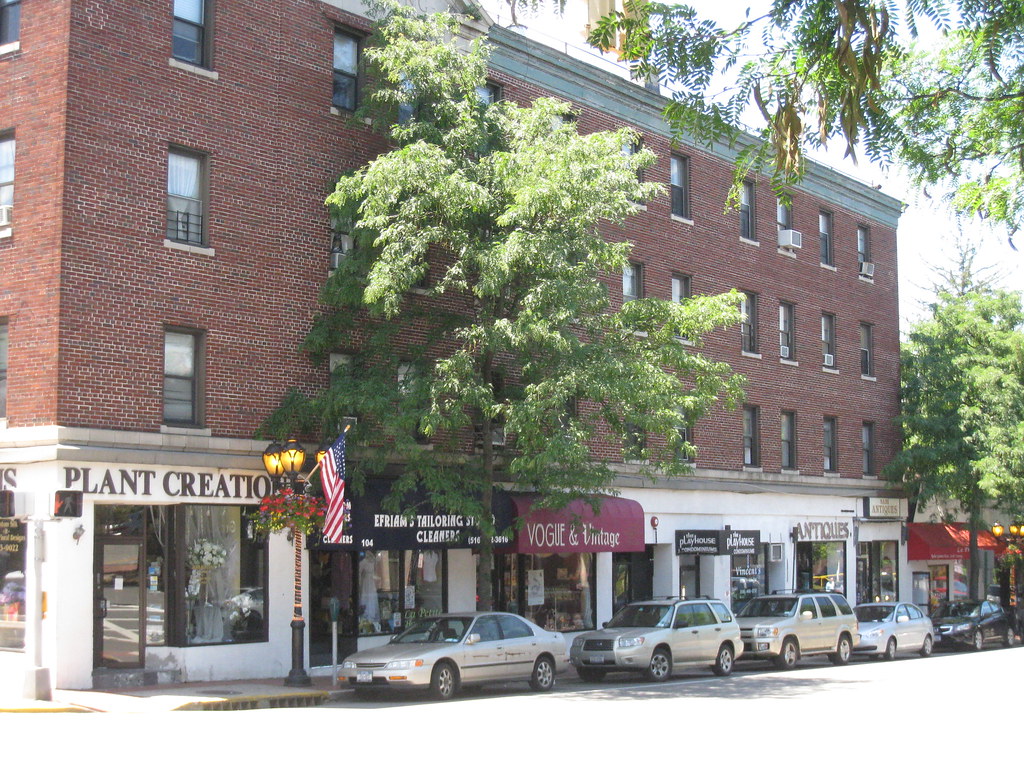
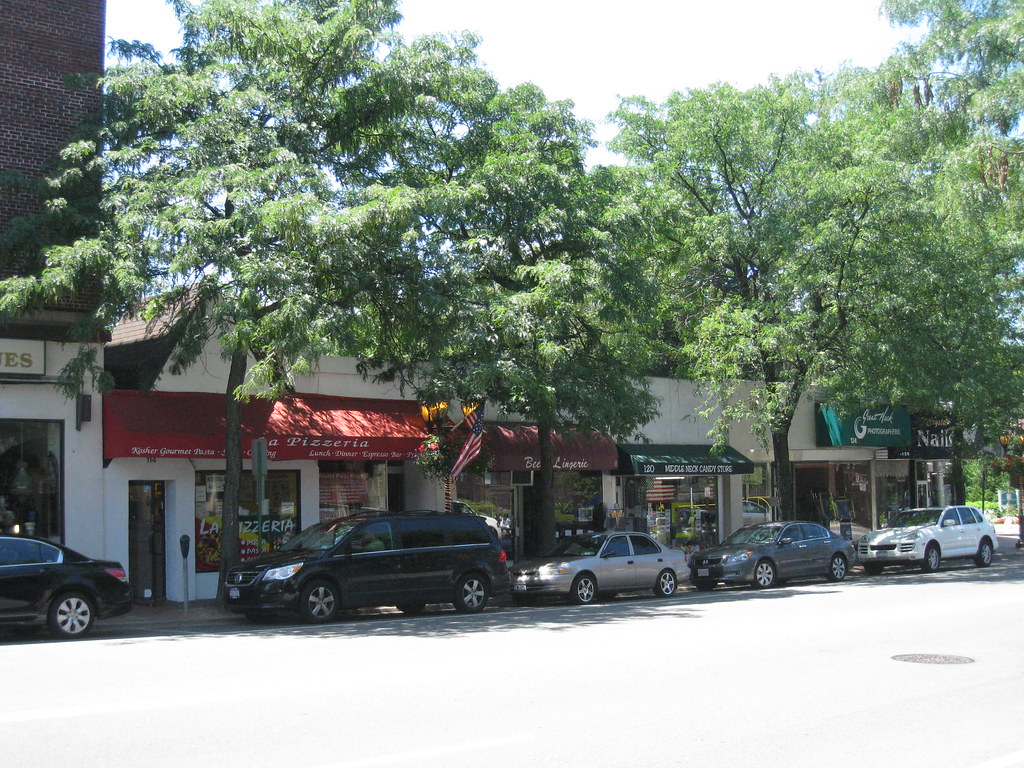
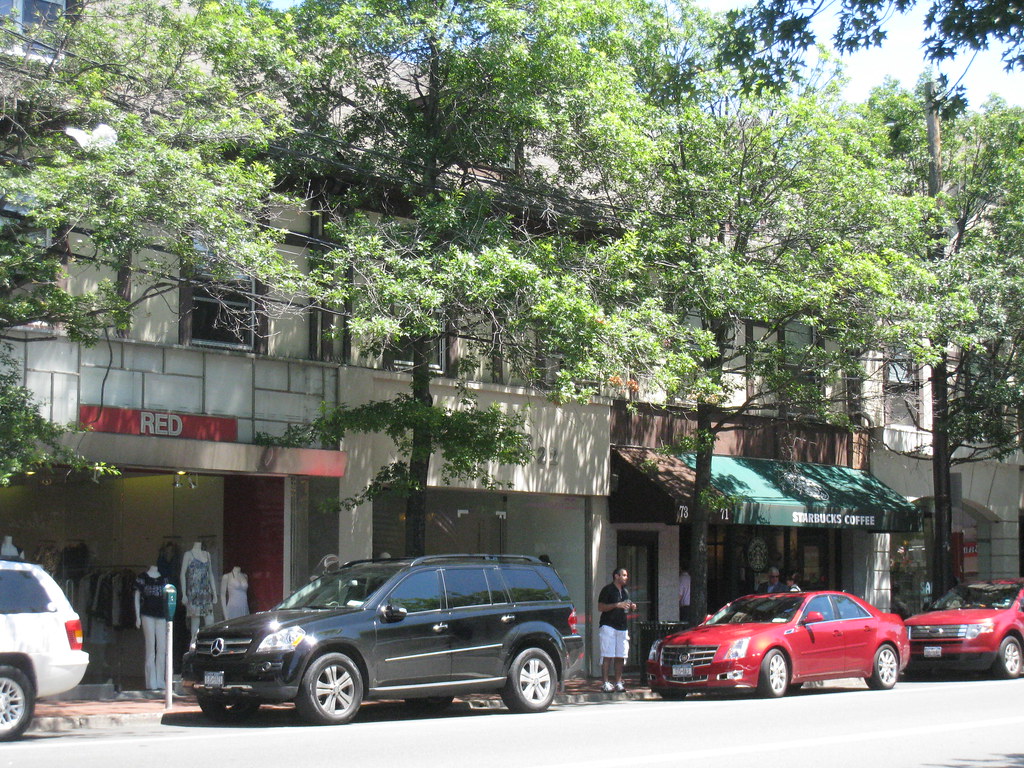
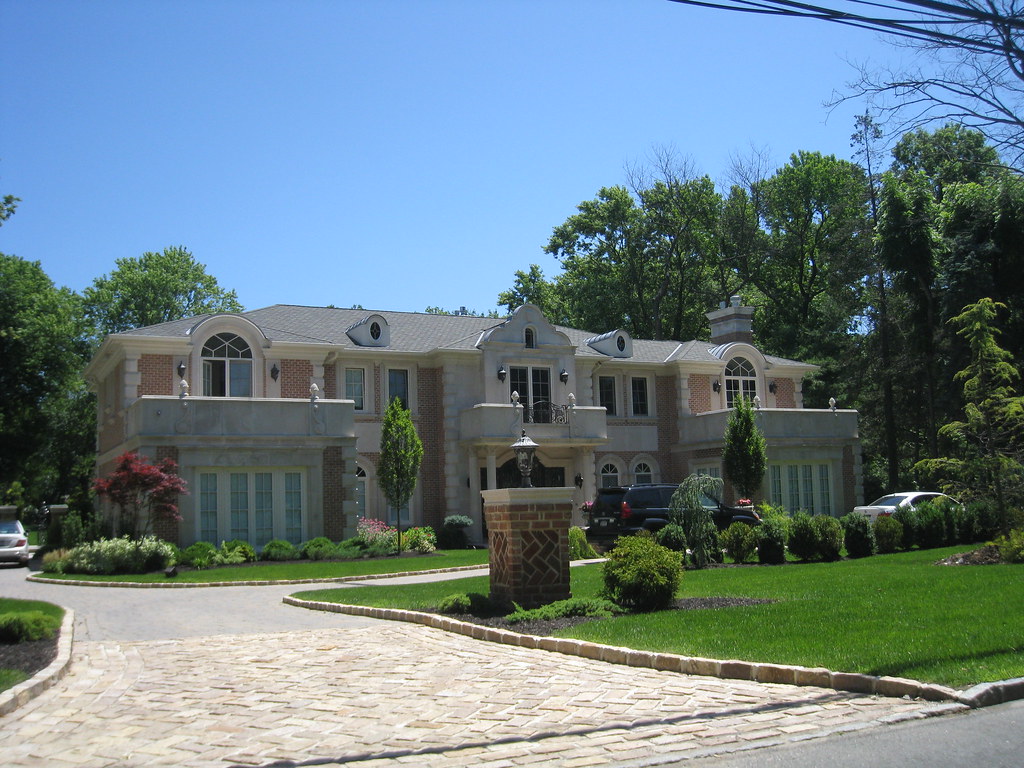

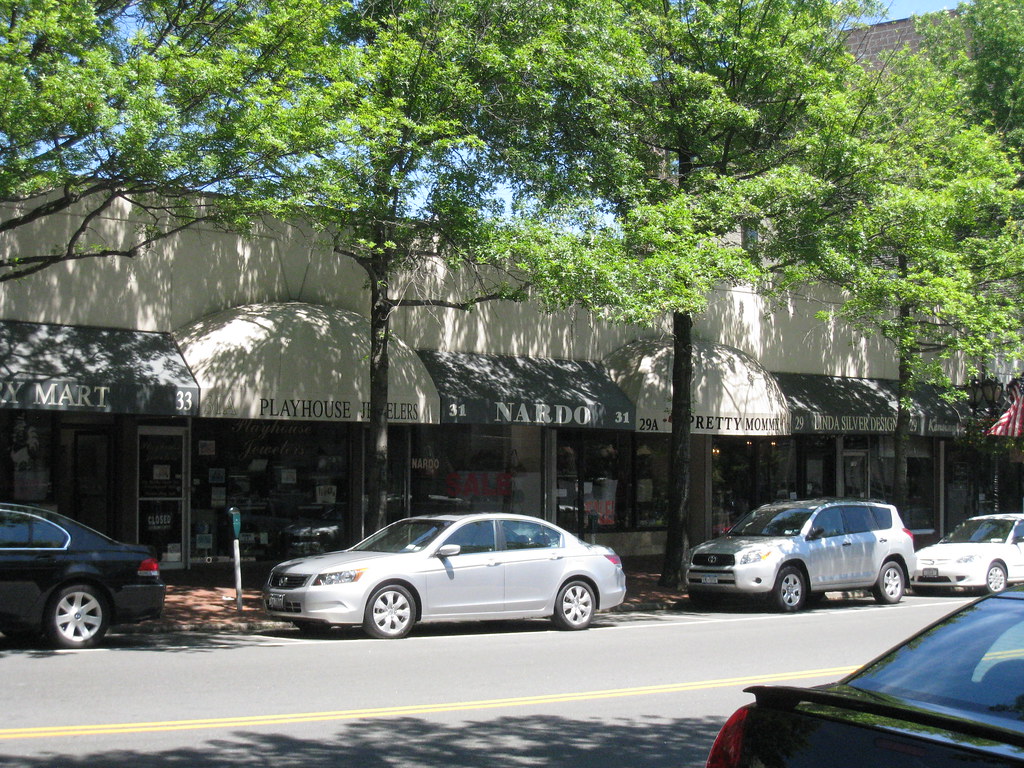
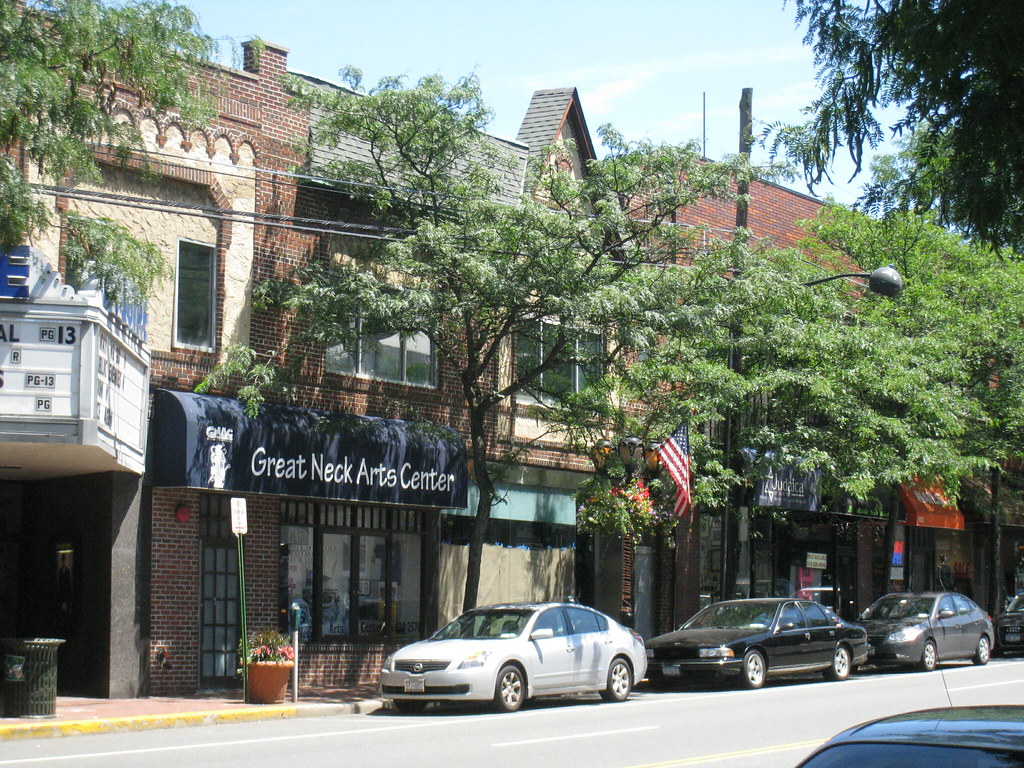



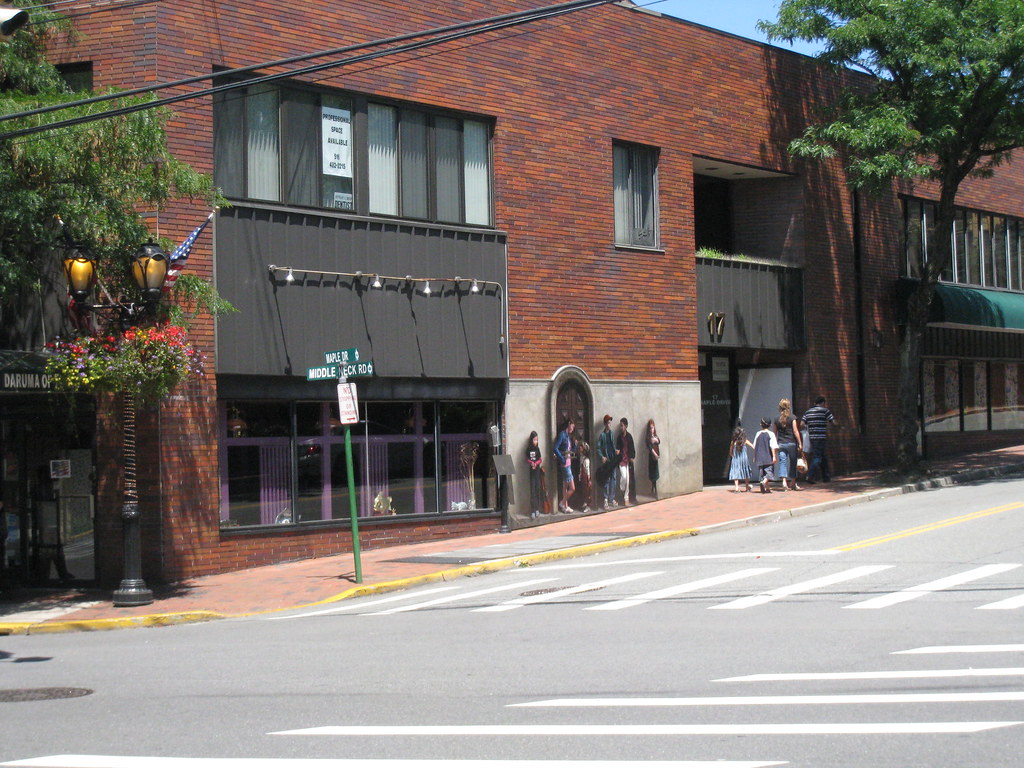
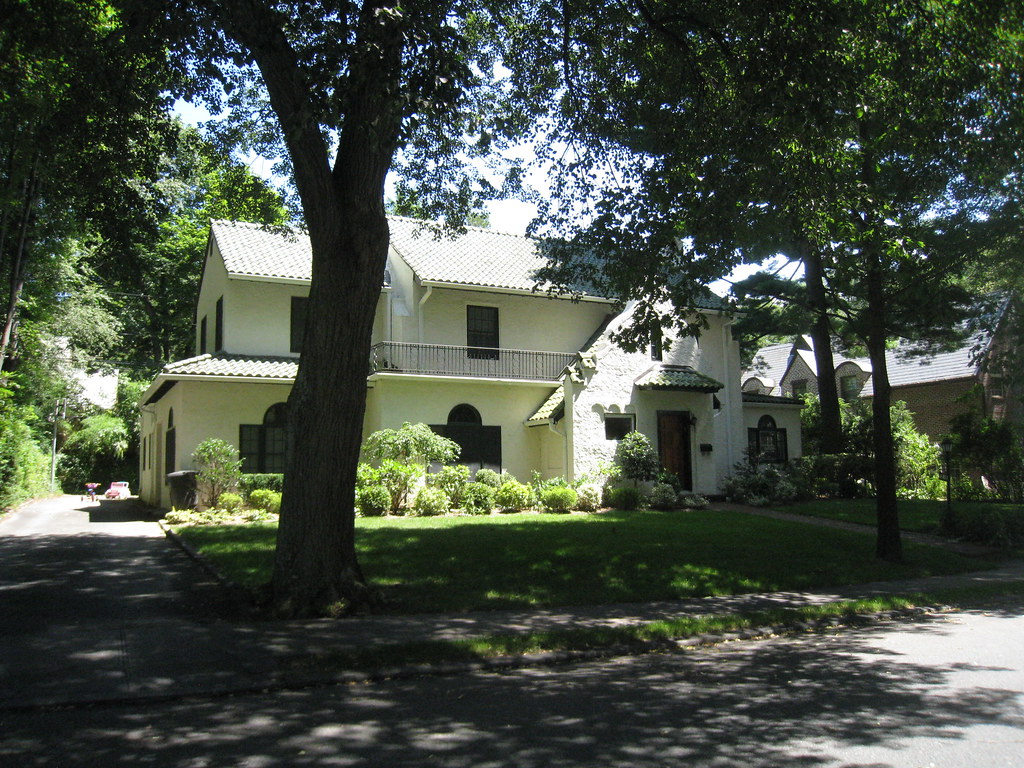

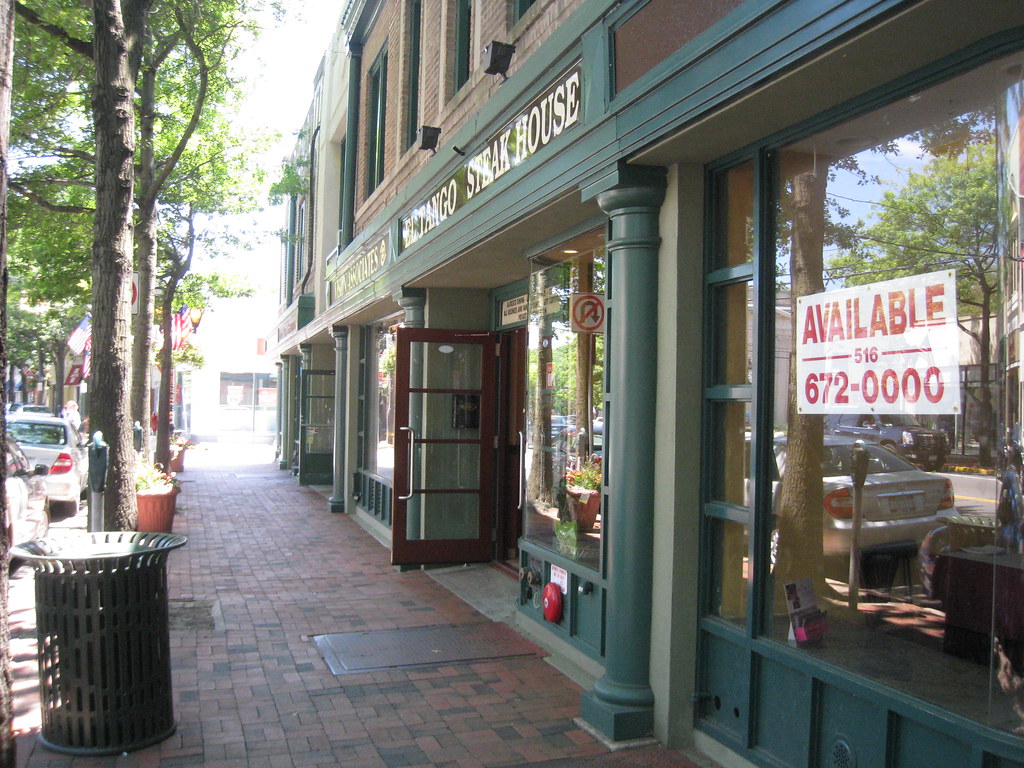
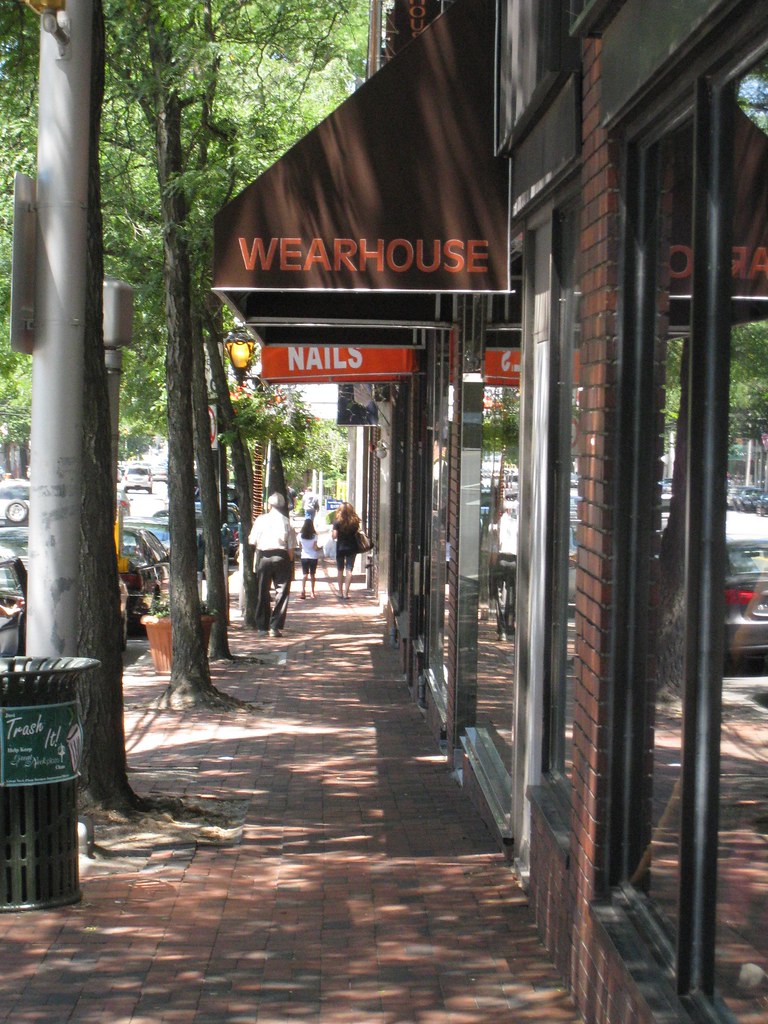

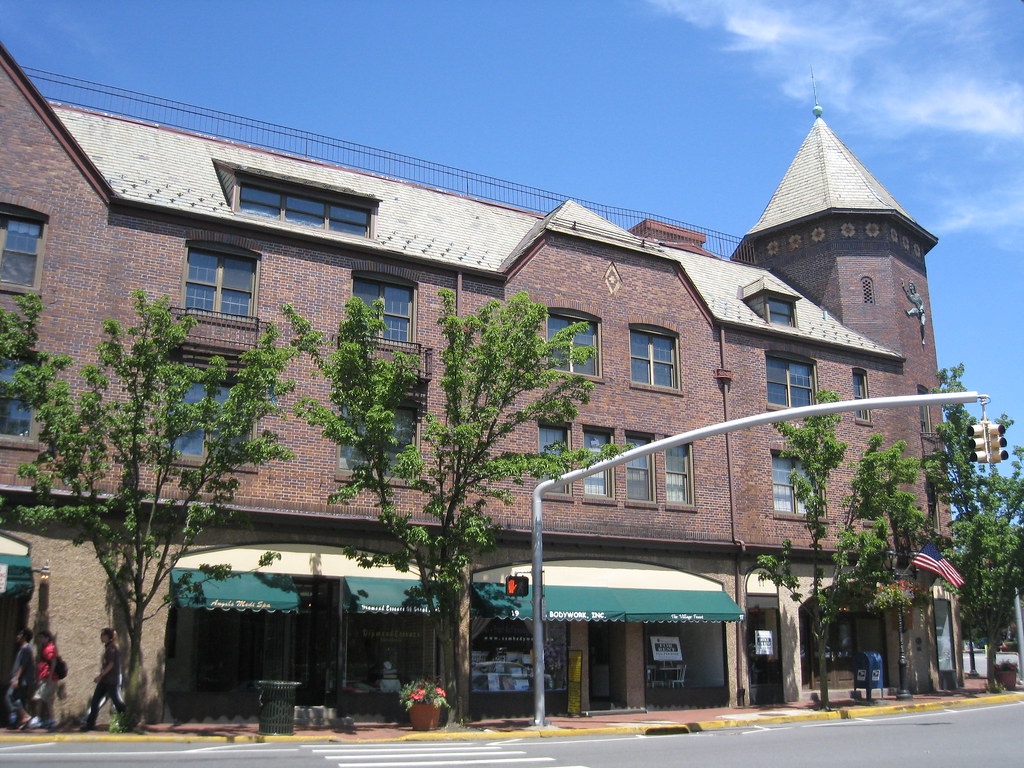
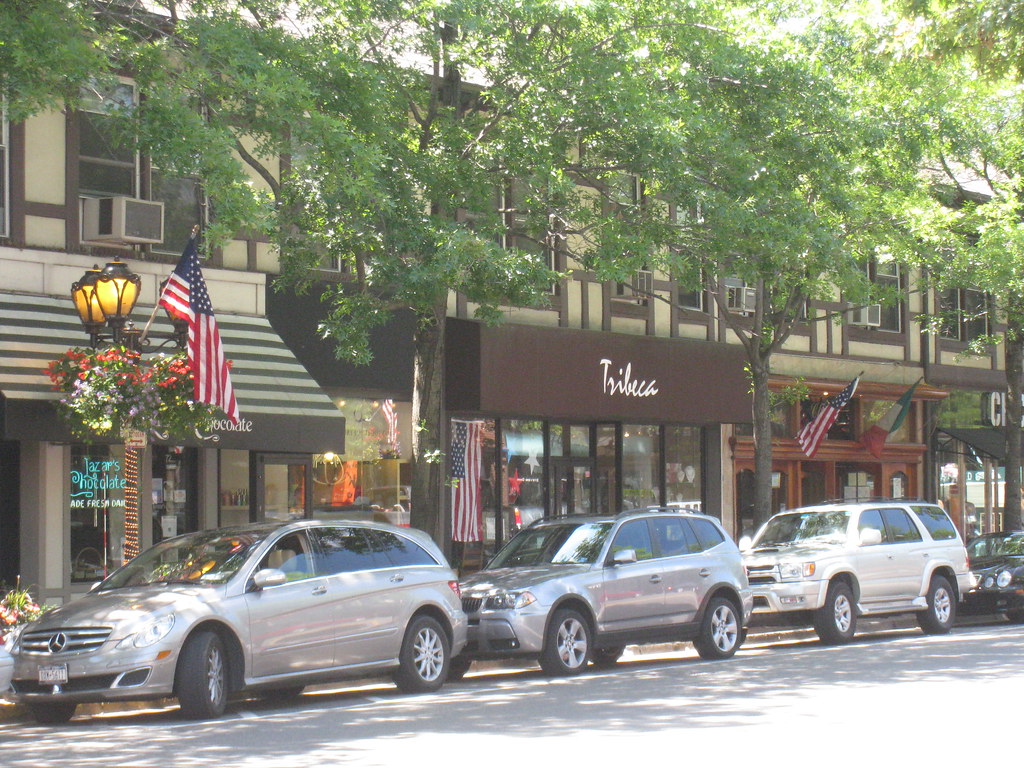


 Manhasset is a hamlet on the north shore of Long Island’s Nassau County. Manhasset was claimed in the 1620’s by the Dutch West India Company. Quakers and Englishmen were cast out of the area by the Dutch until the 1660’s when the colony submitted to English rule. After this time the English and Quakers came to dominate the tiny hamlet and built a tight-knit farming community. The area suffered at the hands of the British forces during the revolutionary war when red coats destroyed much of the village before occupying it. After the war and recuperation, Northern Boulevard opened up as a toll road in the early years of the 19th century and benefitted the rising community greatly. As the 19th century progressed so did Manhasset and its oyster industry which came to dominate the economy of the region. The railroad arrived near the turn of the 20th century bringing in wealthy families looking for country homes and easy access to Manhattan. Today the area is still quite affluent and considered among the best to raise a family in the New York Metropolitan area.
Manhasset is a hamlet on the north shore of Long Island’s Nassau County. Manhasset was claimed in the 1620’s by the Dutch West India Company. Quakers and Englishmen were cast out of the area by the Dutch until the 1660’s when the colony submitted to English rule. After this time the English and Quakers came to dominate the tiny hamlet and built a tight-knit farming community. The area suffered at the hands of the British forces during the revolutionary war when red coats destroyed much of the village before occupying it. After the war and recuperation, Northern Boulevard opened up as a toll road in the early years of the 19th century and benefitted the rising community greatly. As the 19th century progressed so did Manhasset and its oyster industry which came to dominate the economy of the region. The railroad arrived near the turn of the 20th century bringing in wealthy families looking for country homes and easy access to Manhattan. Today the area is still quite affluent and considered among the best to raise a family in the New York Metropolitan area.
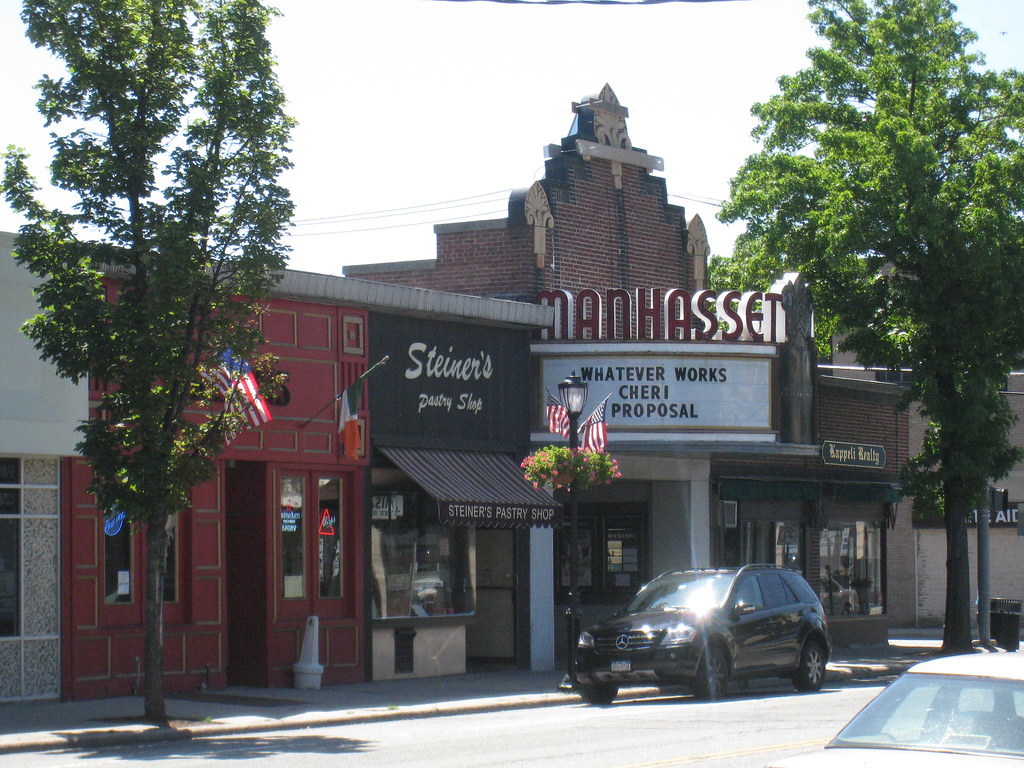
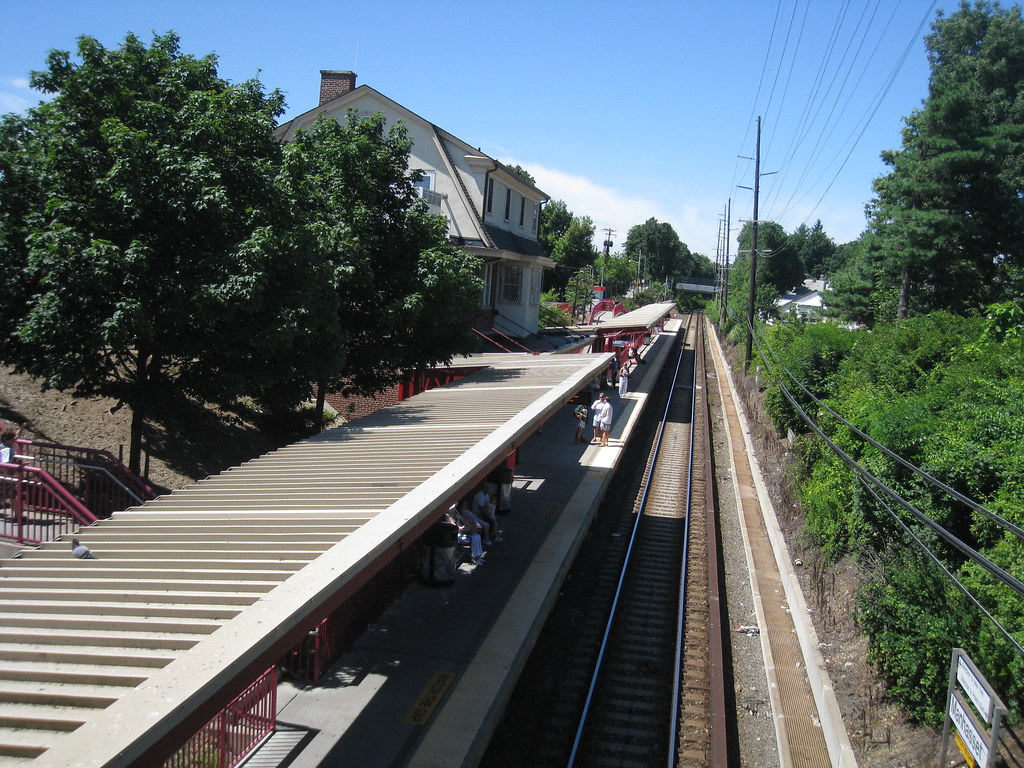
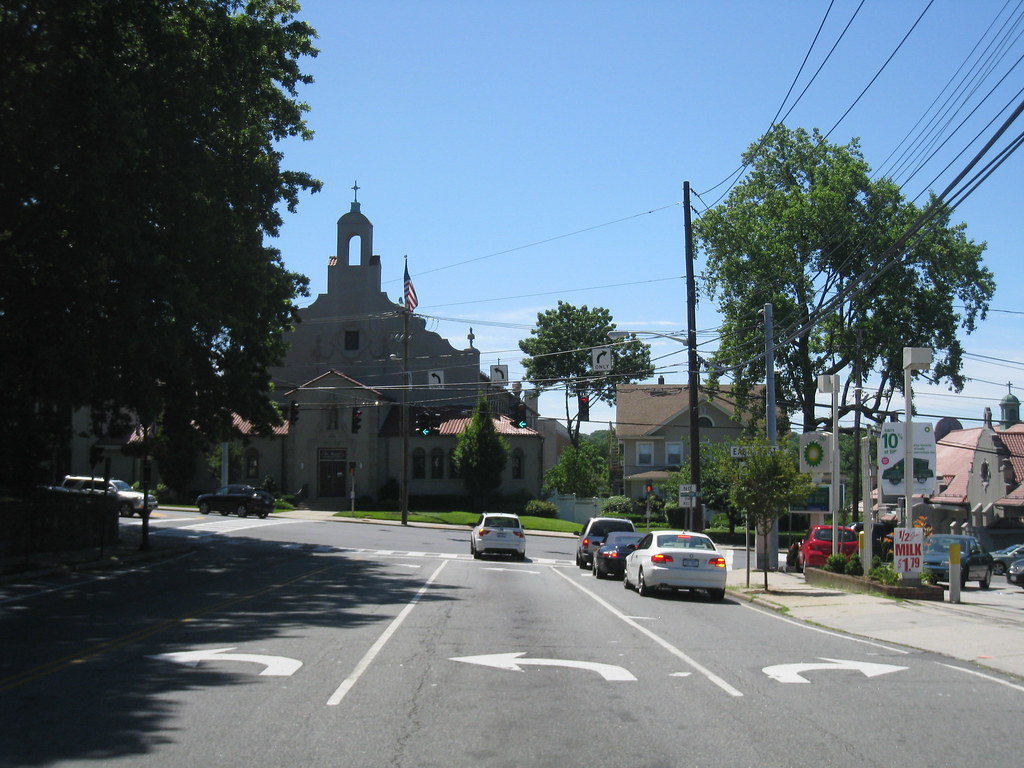
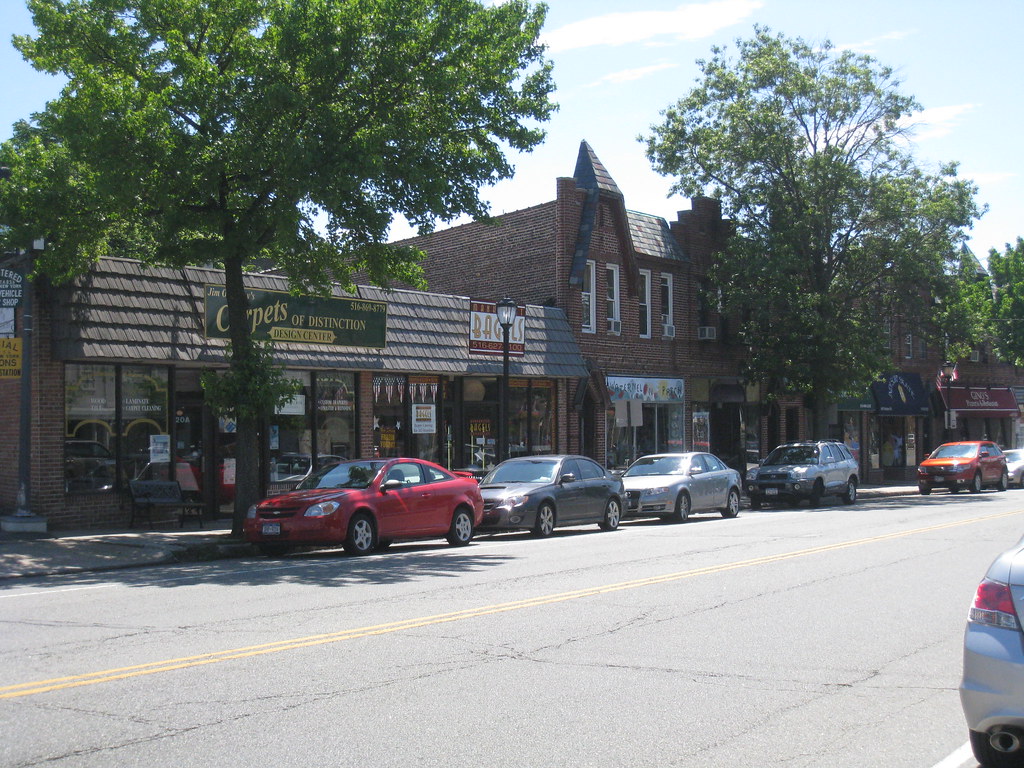
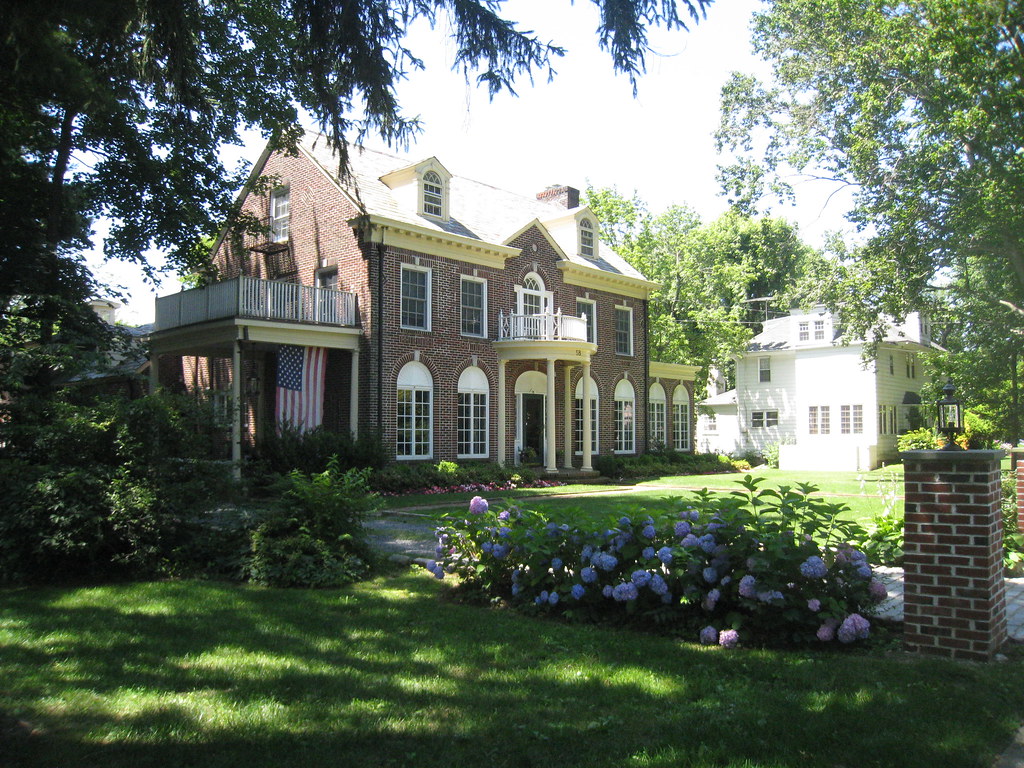
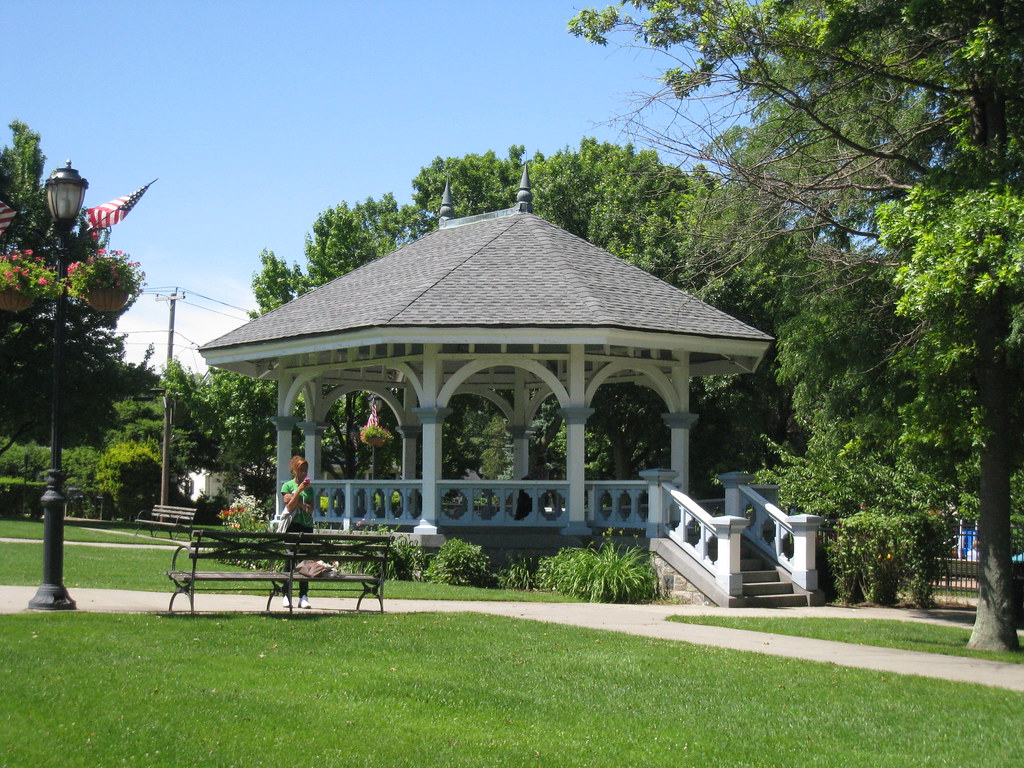
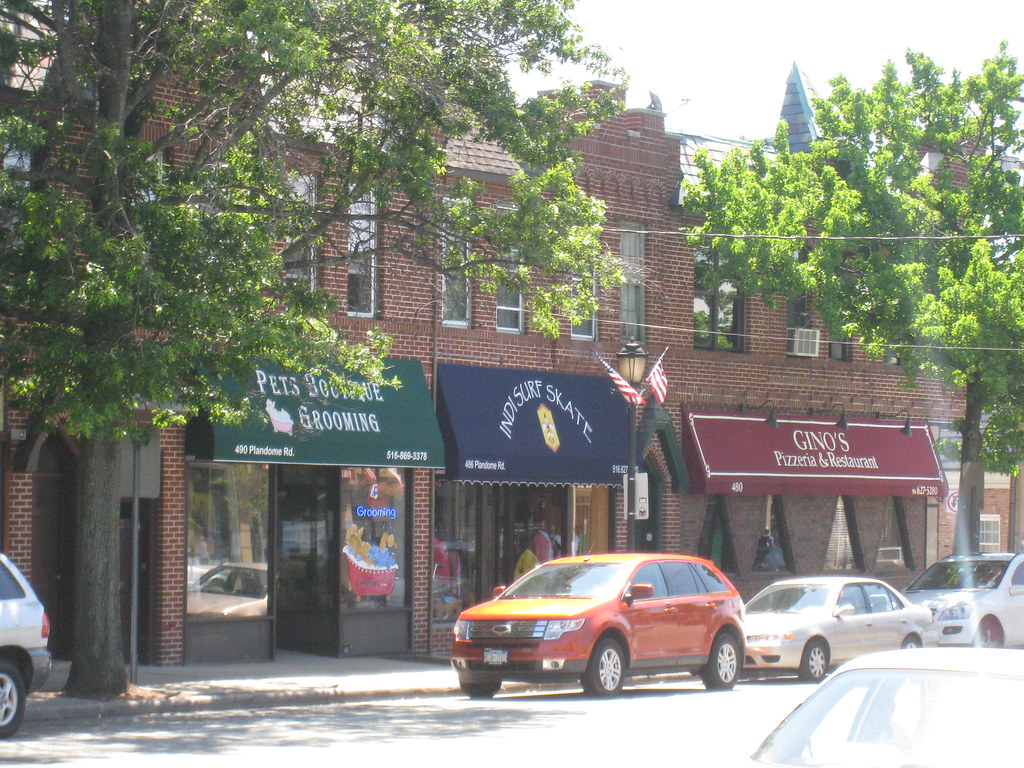
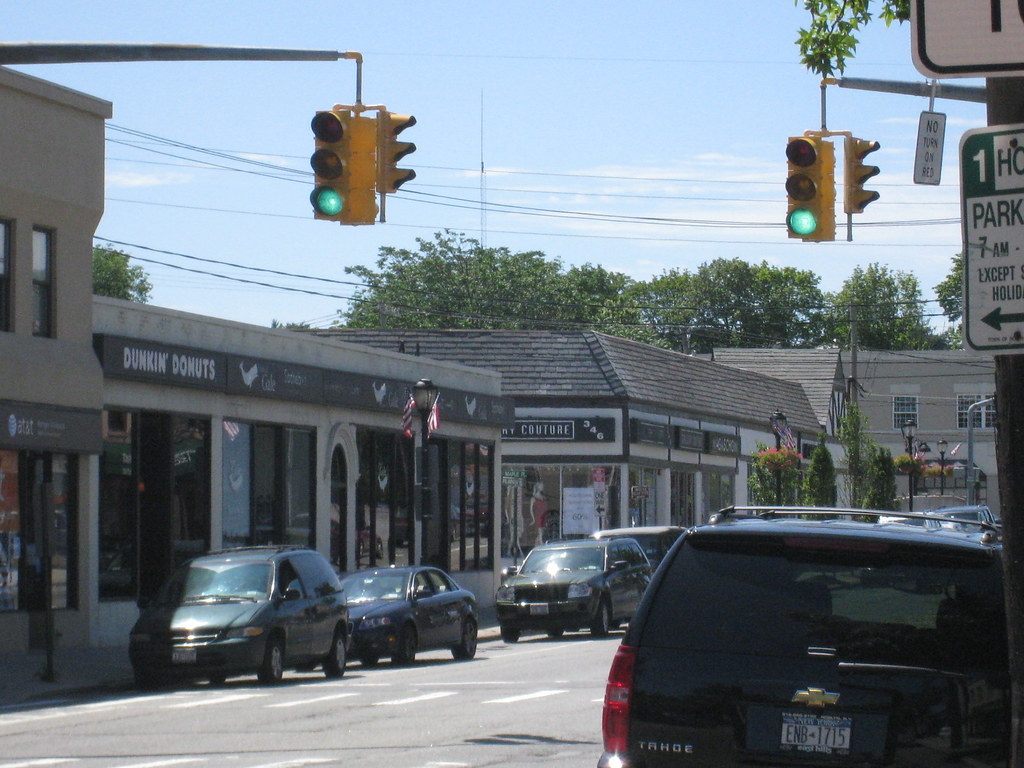

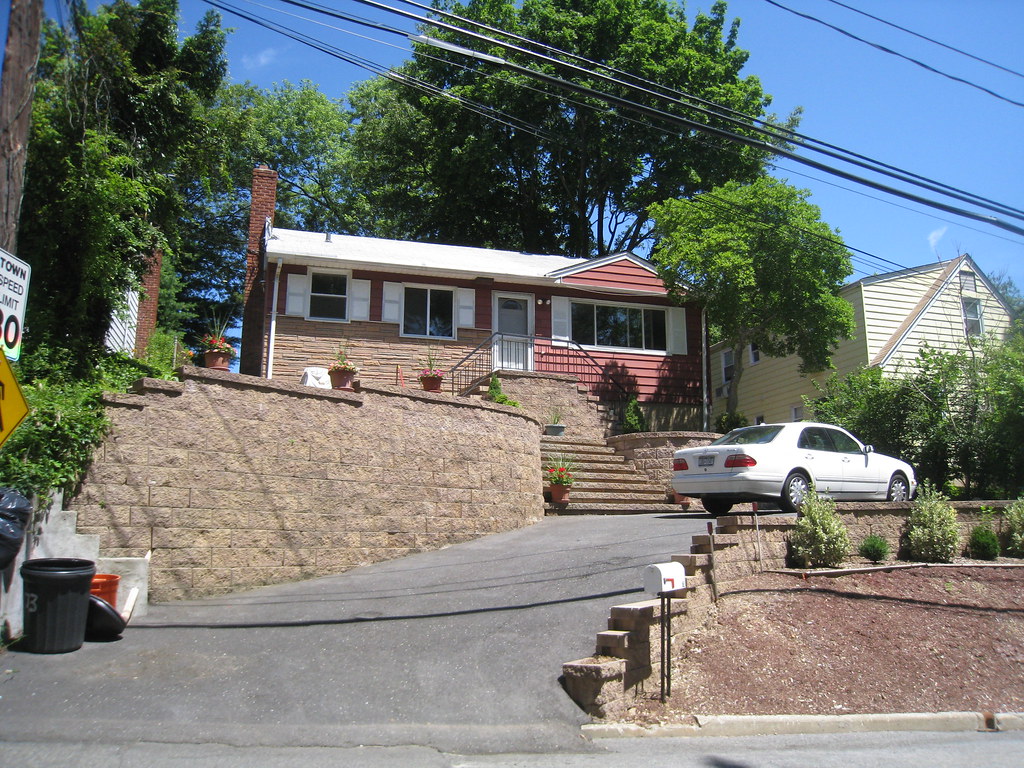
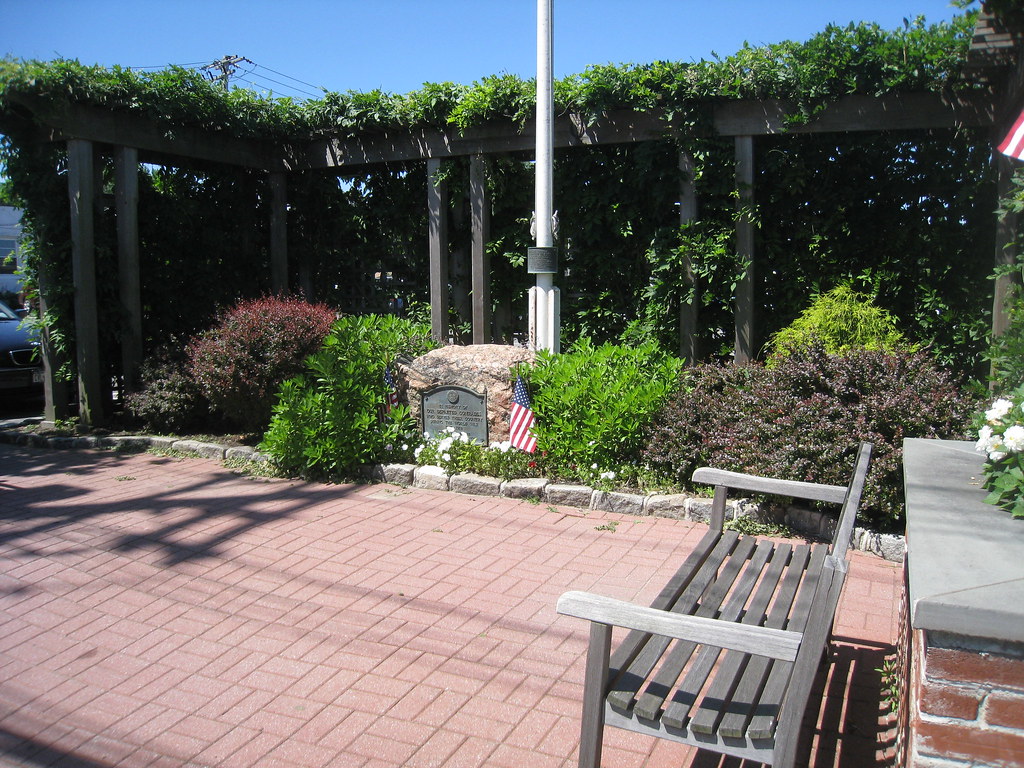
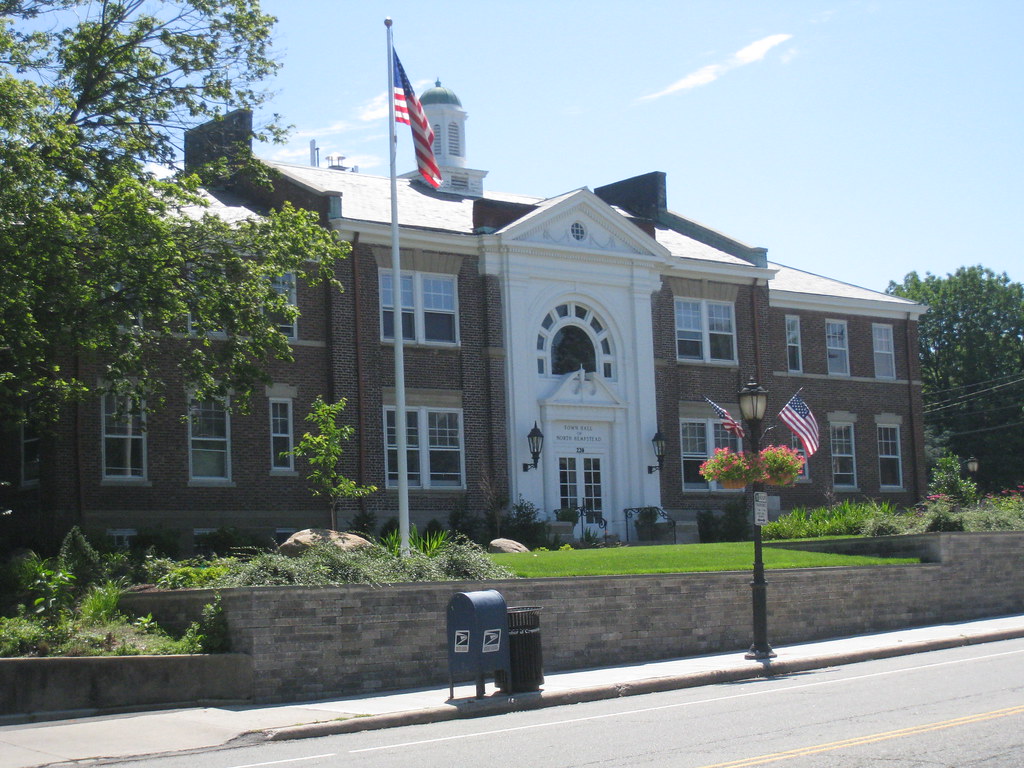
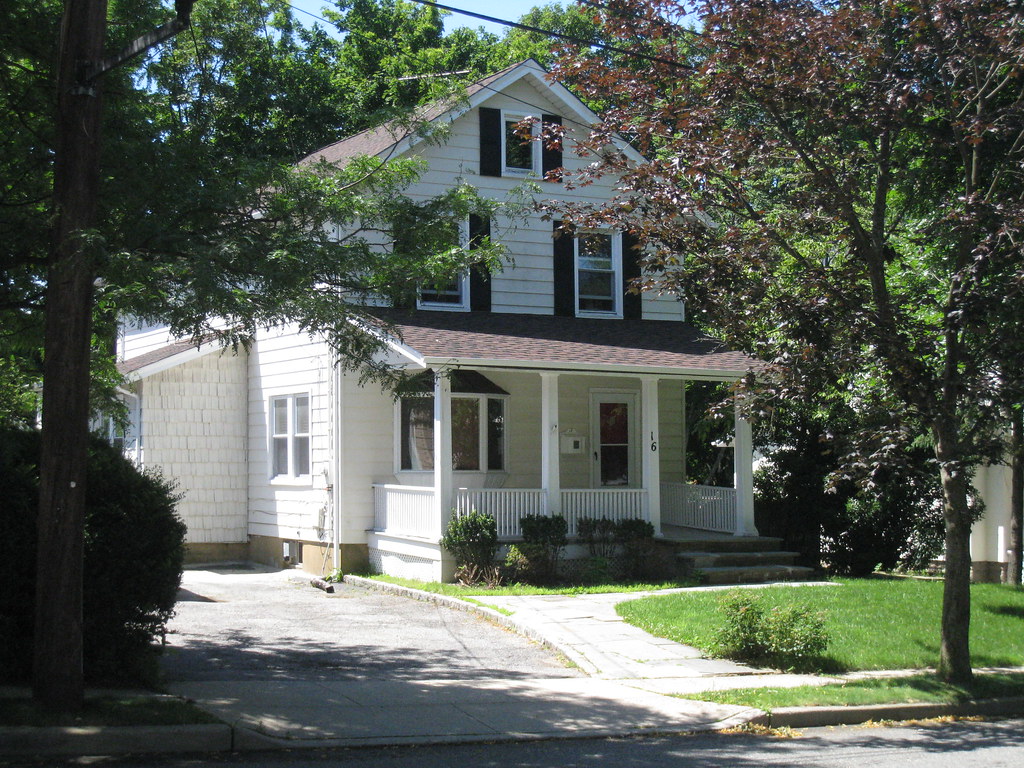
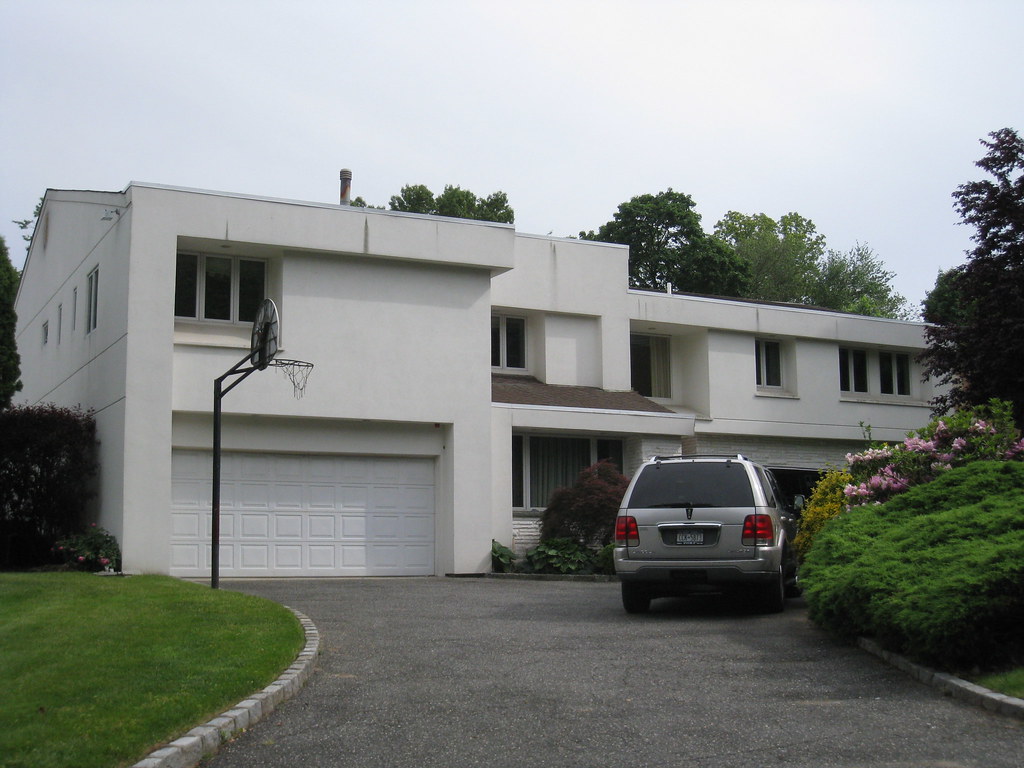

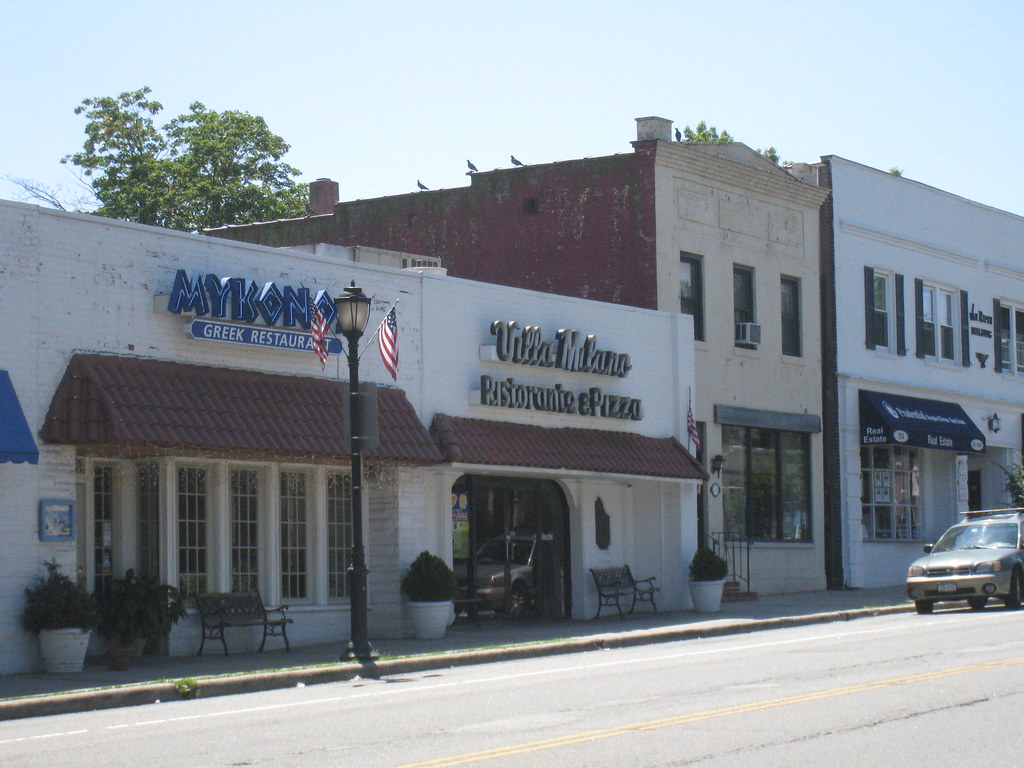
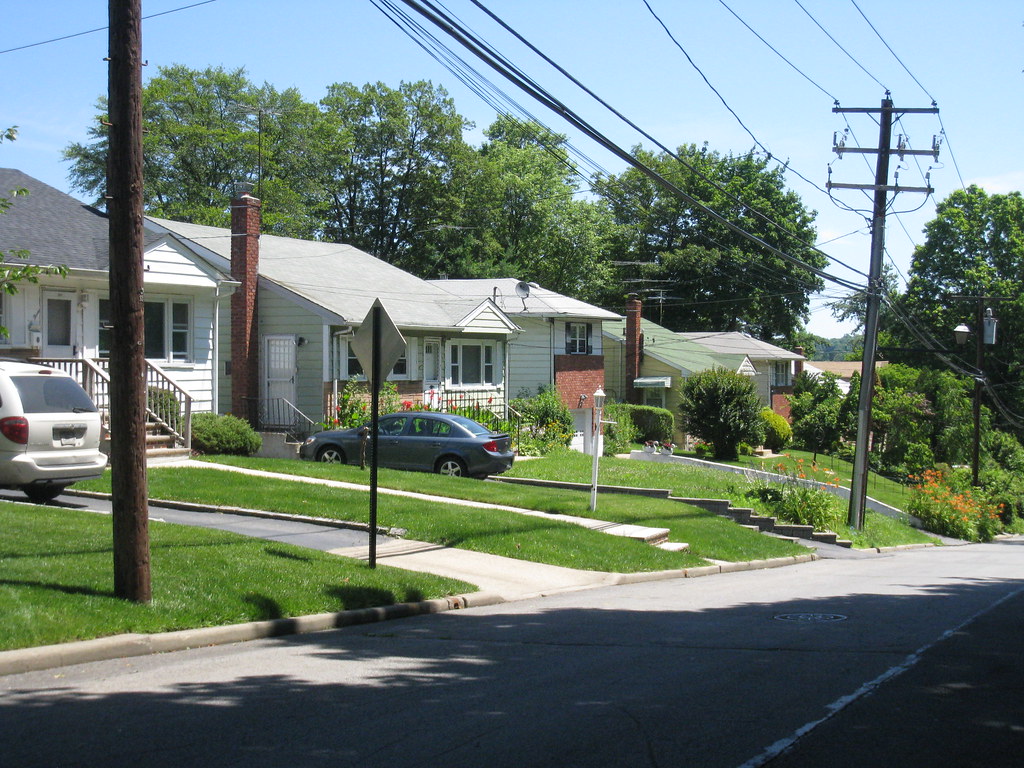



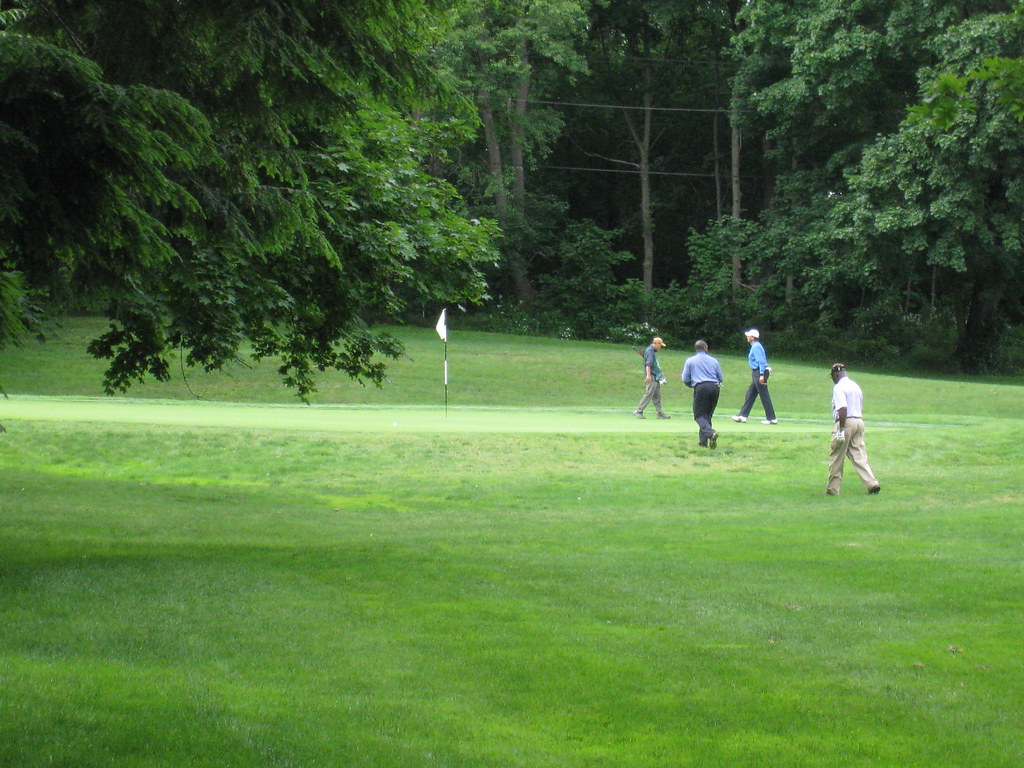
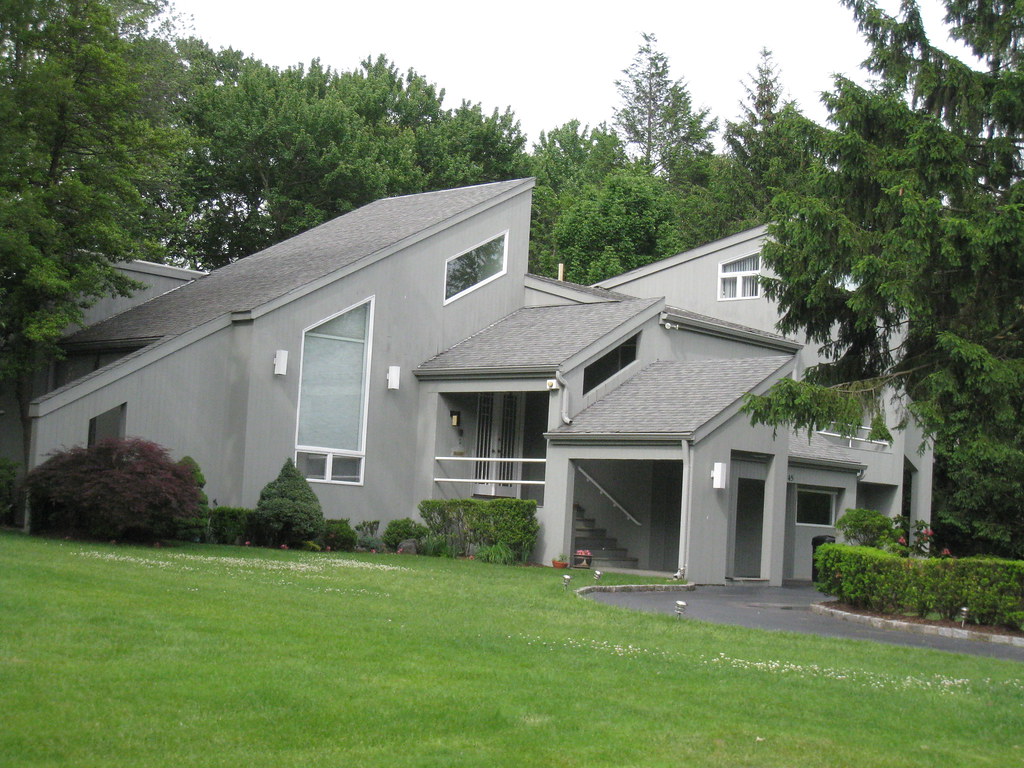

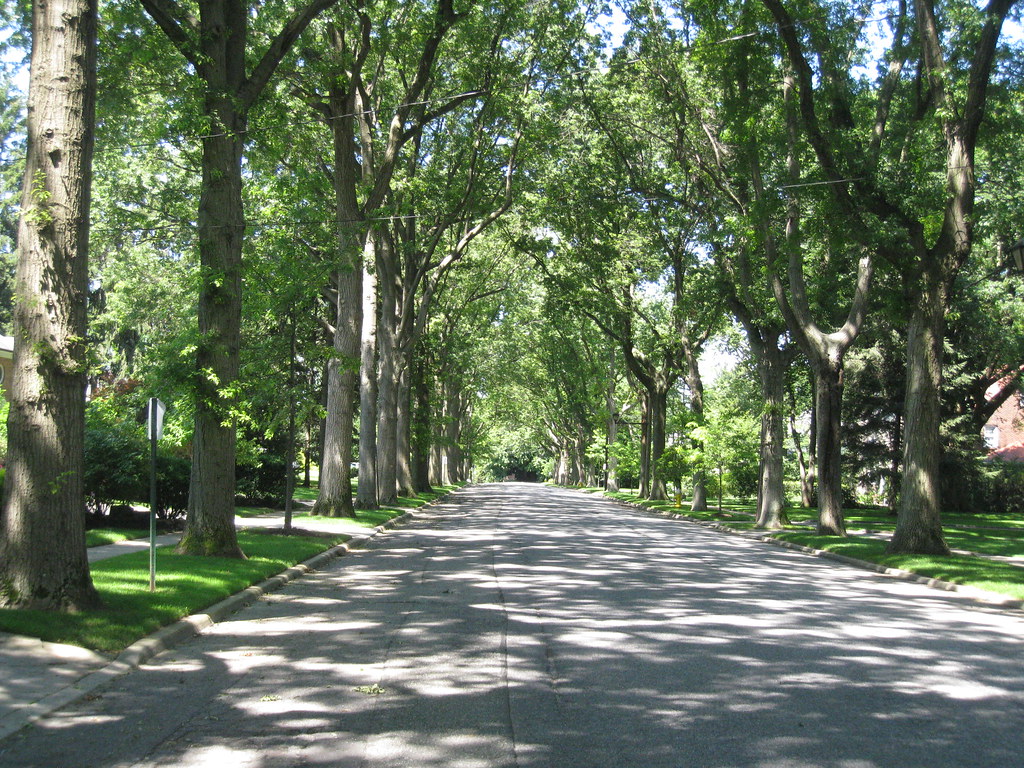

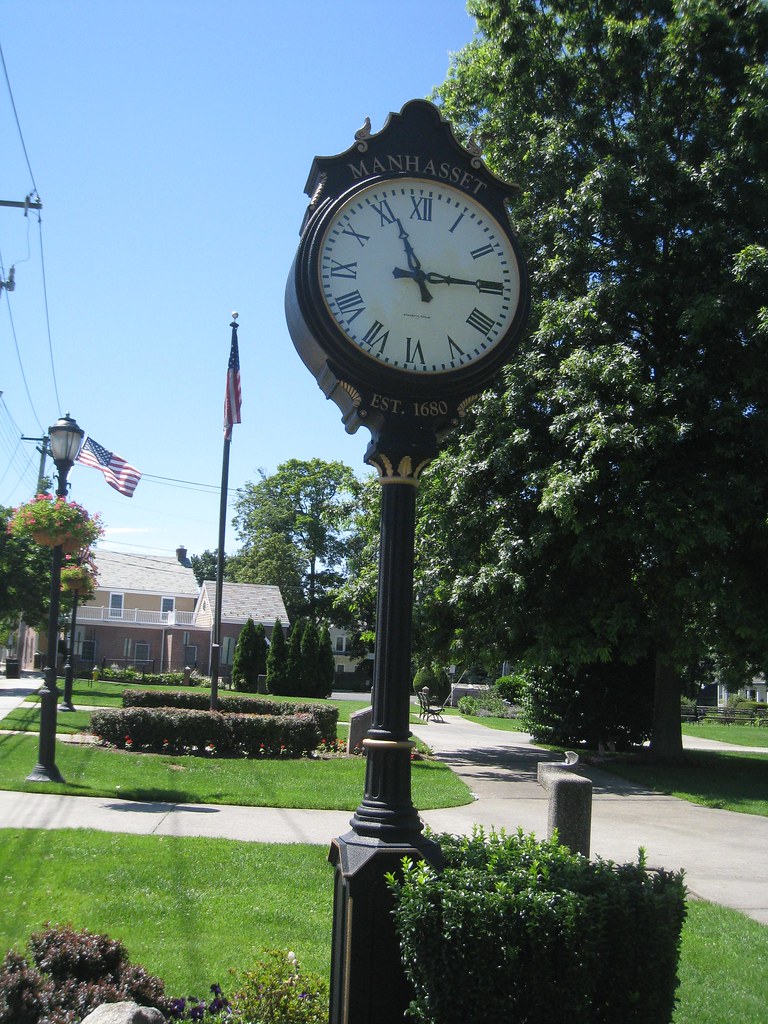 Munsey Park and Russel Gardens are affluent bedroom communities near the north shore of Long Island. Both areas serve as quiet residential communities for white collar workers of Manhattan and nearby businesses and both are dominated by White Anglo Saxon Protestants.
Munsey Park and Russel Gardens are affluent bedroom communities near the north shore of Long Island. Both areas serve as quiet residential communities for white collar workers of Manhattan and nearby businesses and both are dominated by White Anglo Saxon Protestants.
Munsey Park:
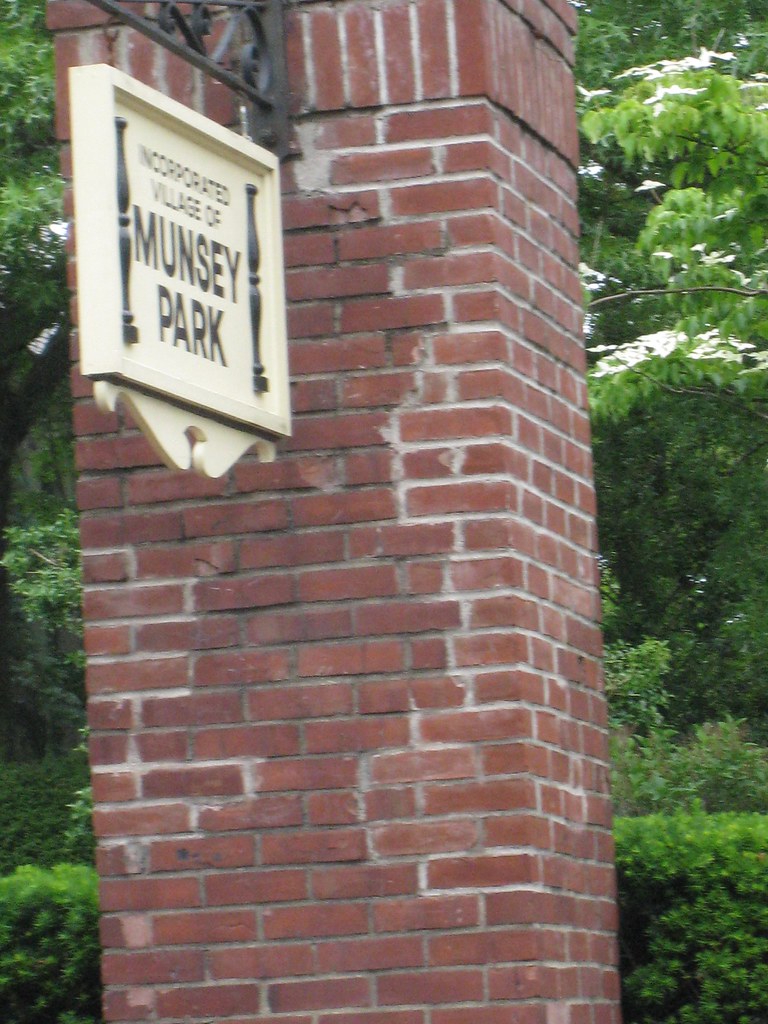
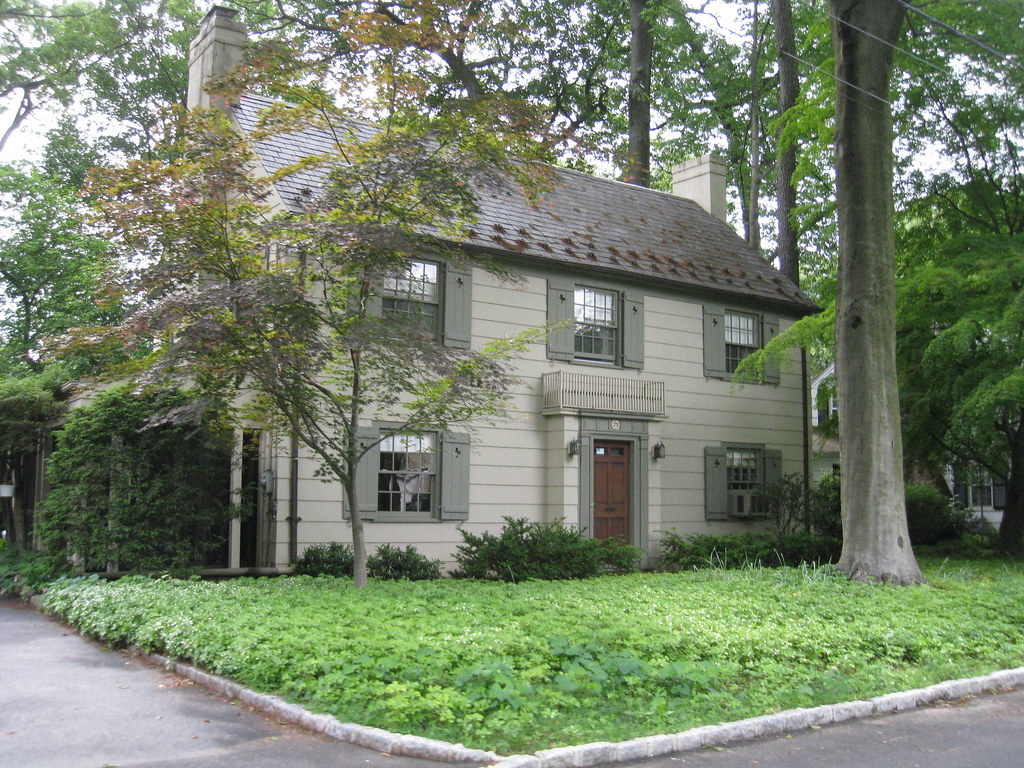
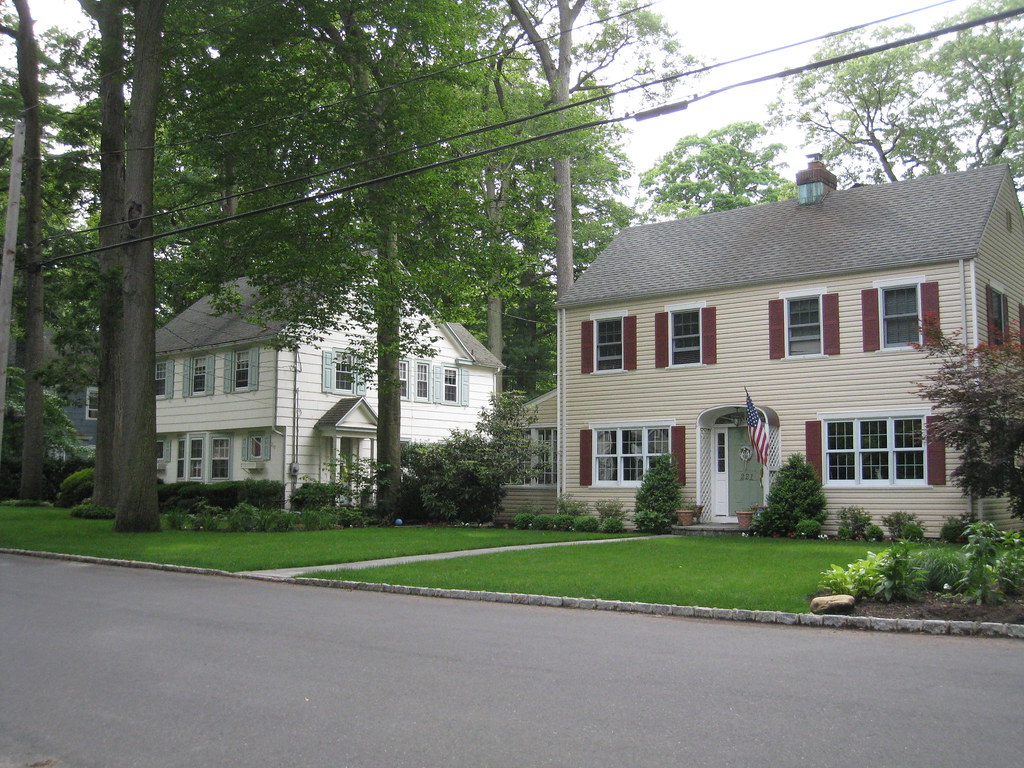
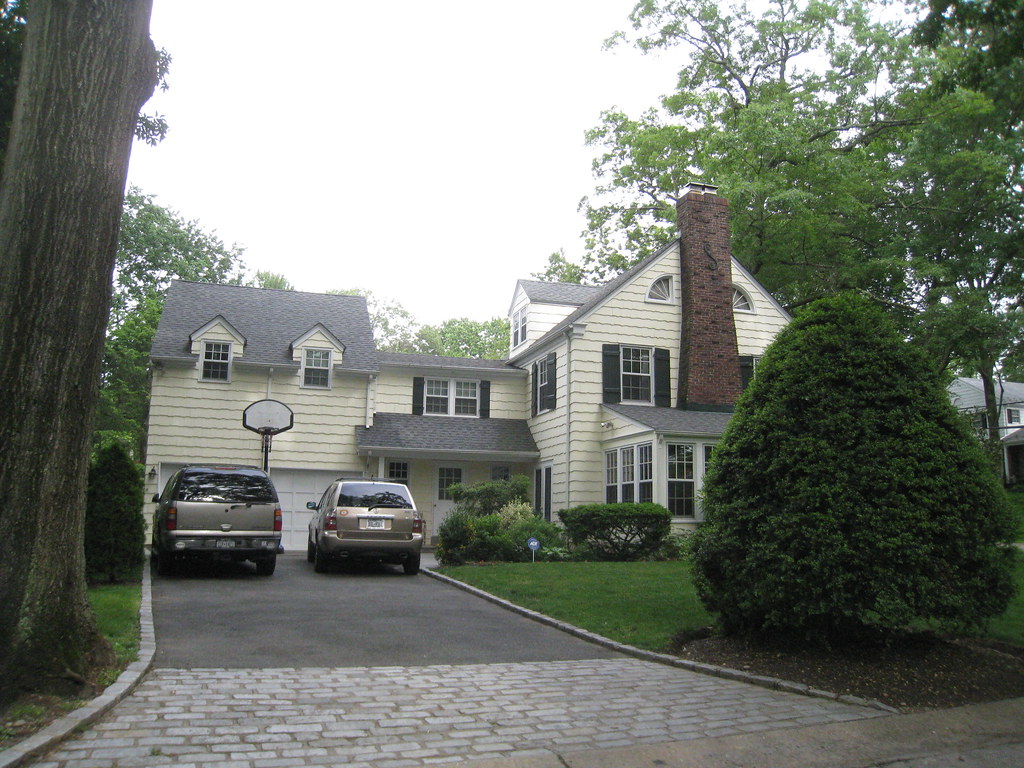
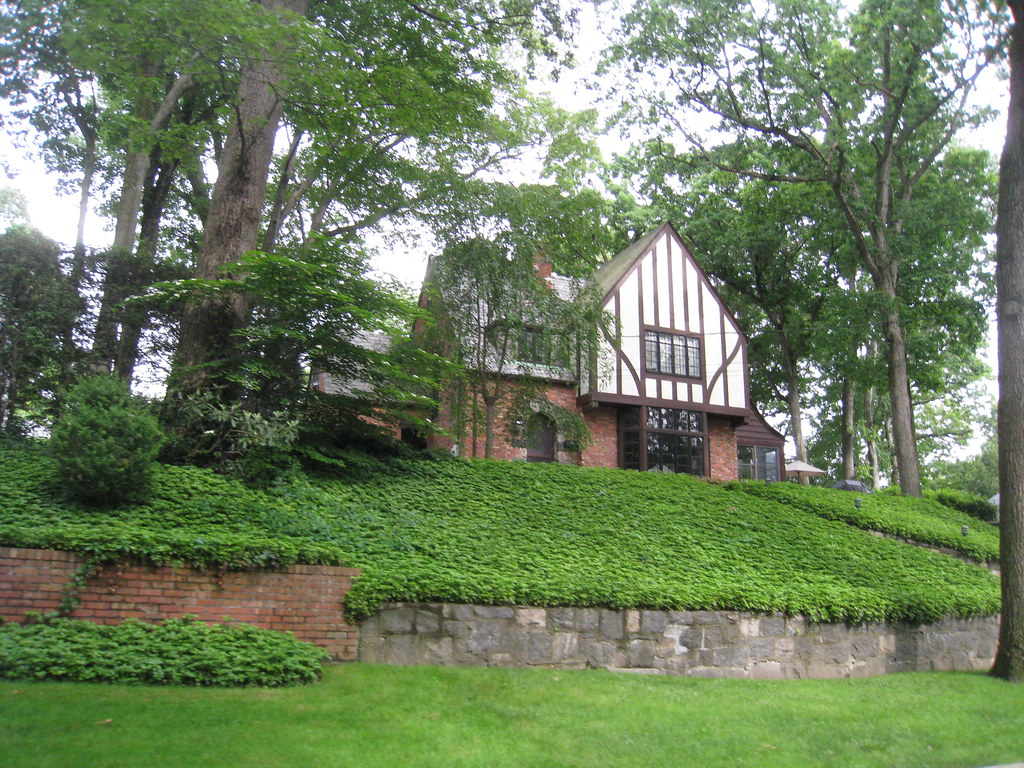
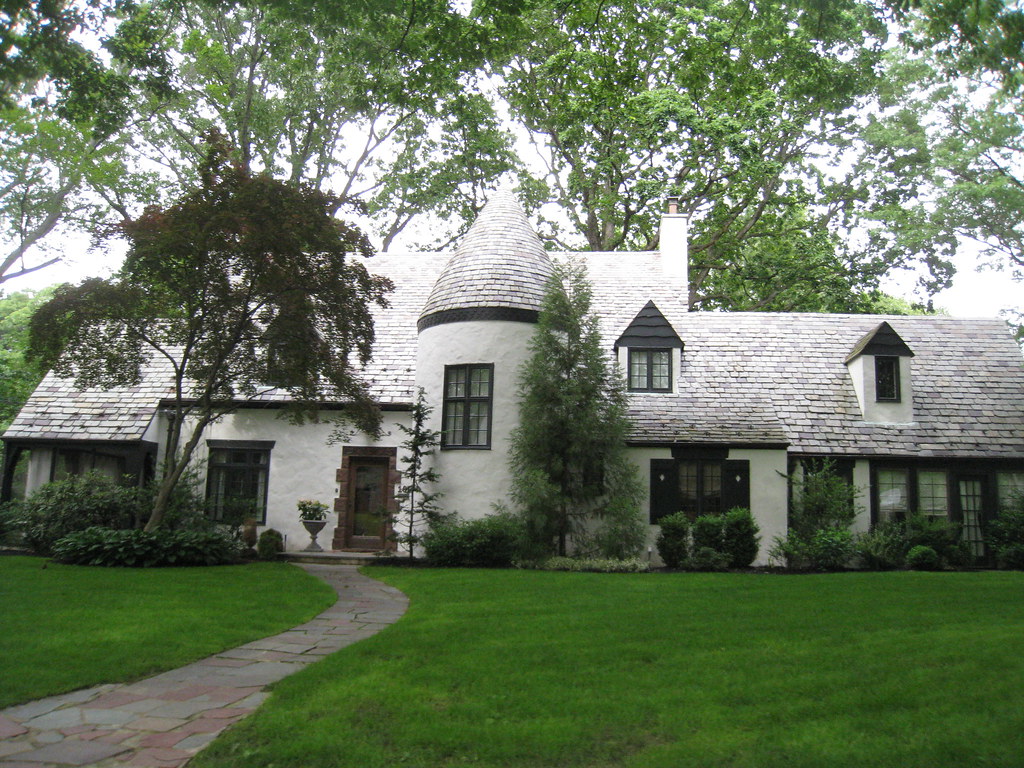

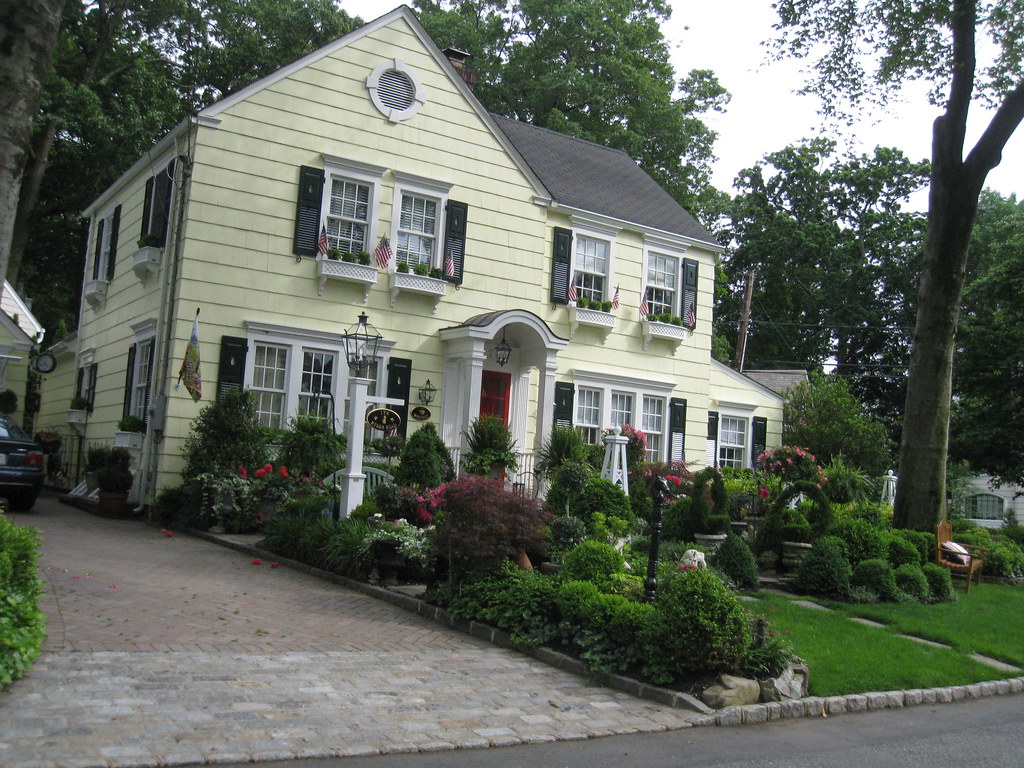
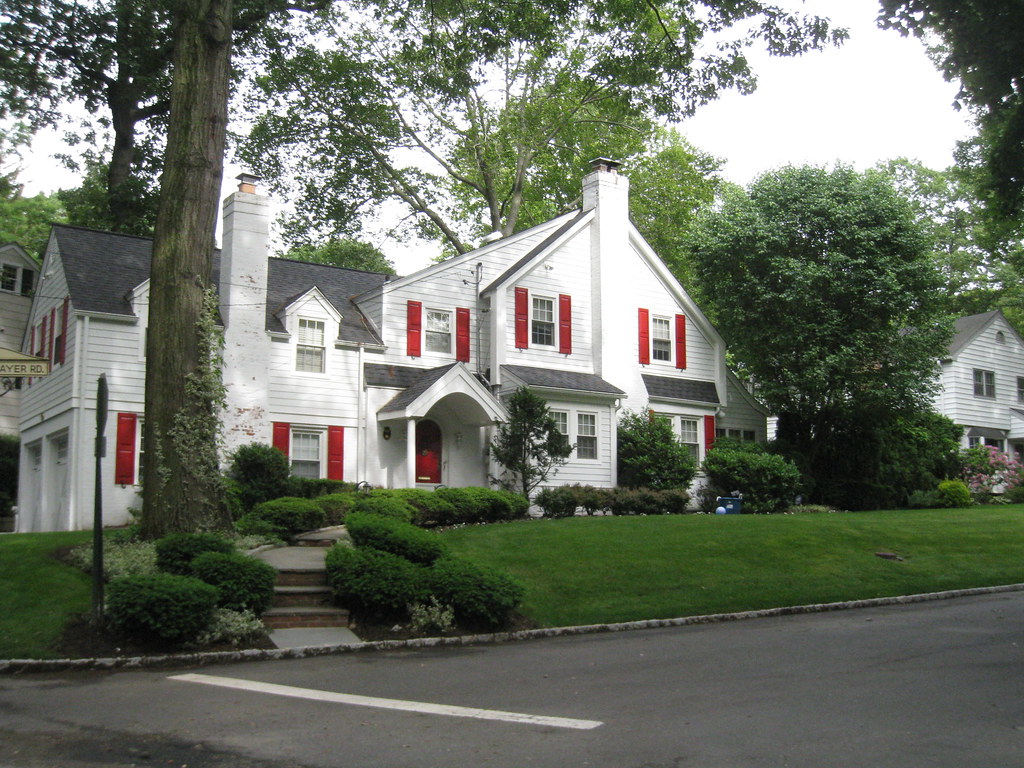


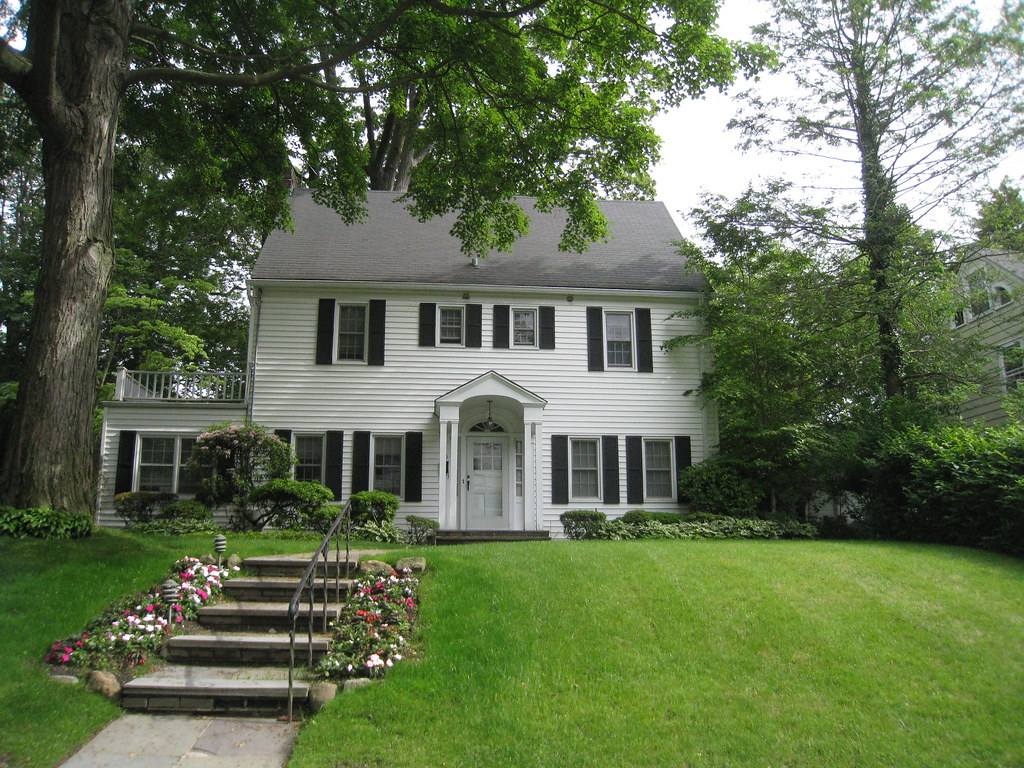
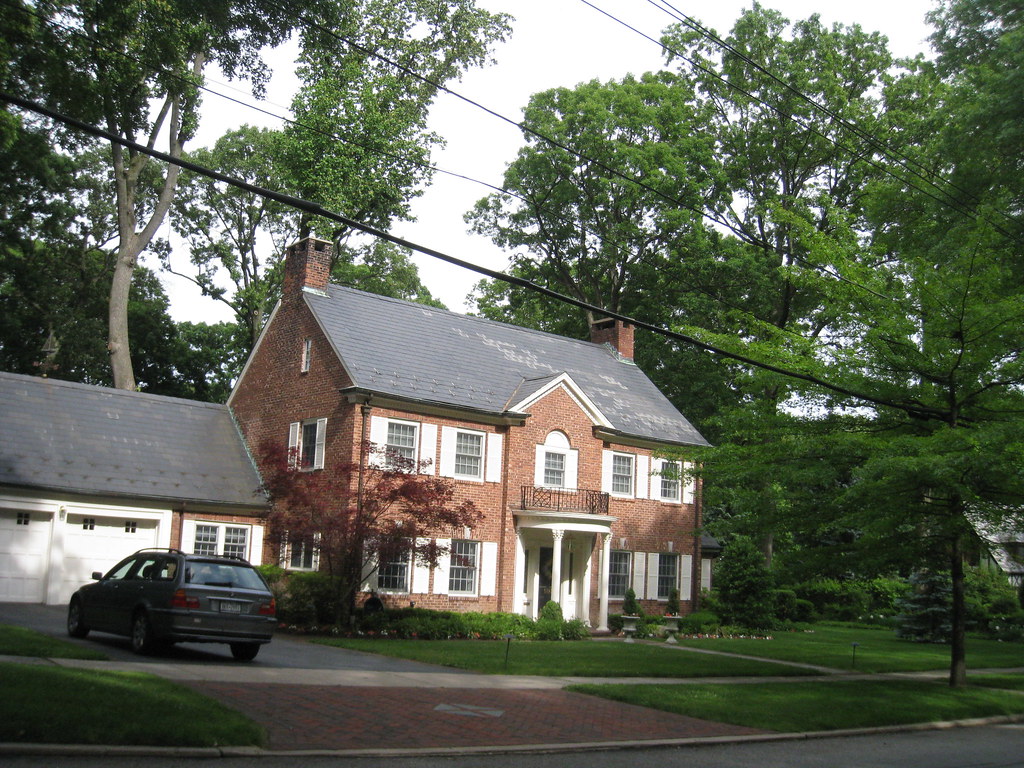
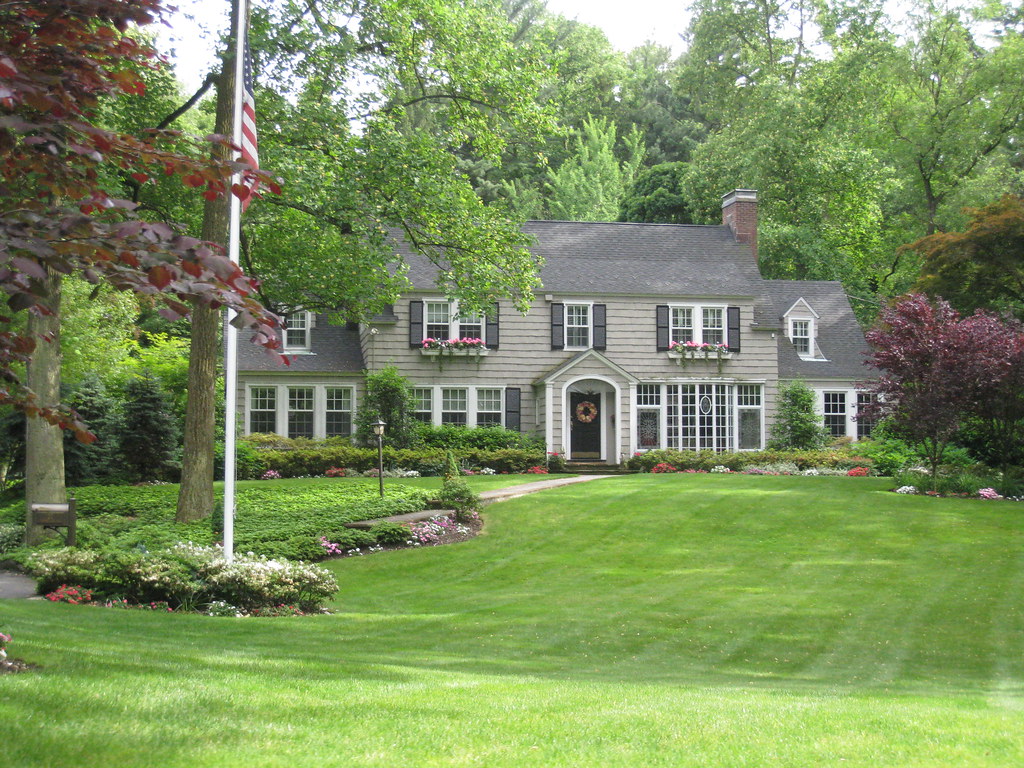
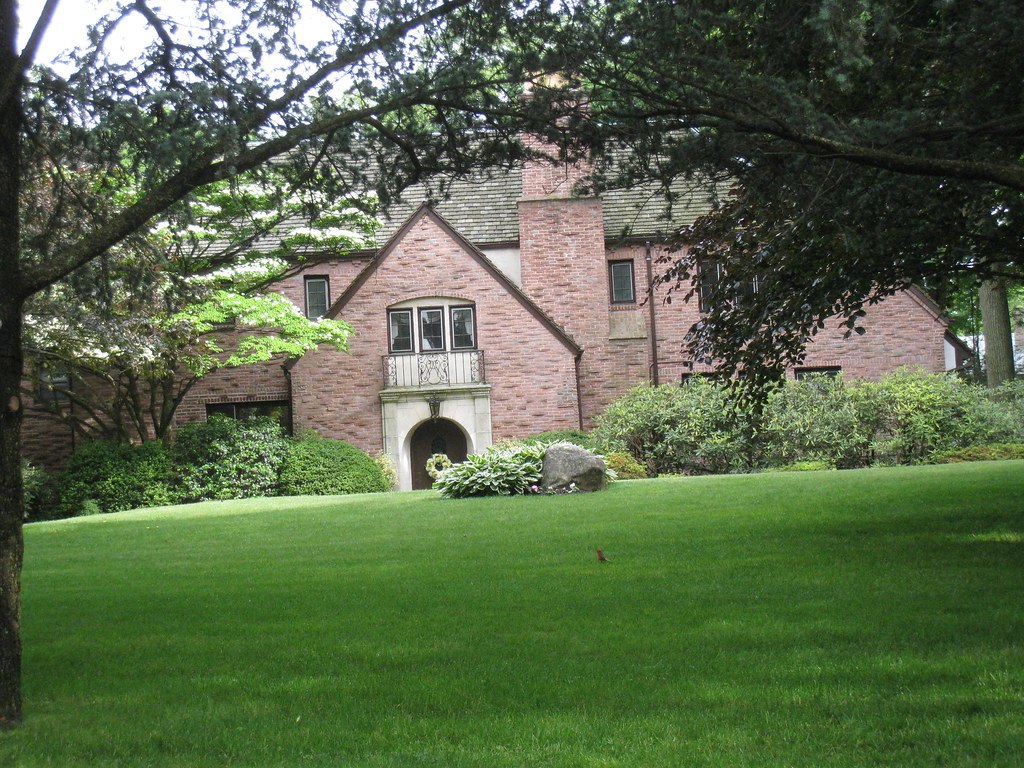 Russel Gardens
Russel Gardens
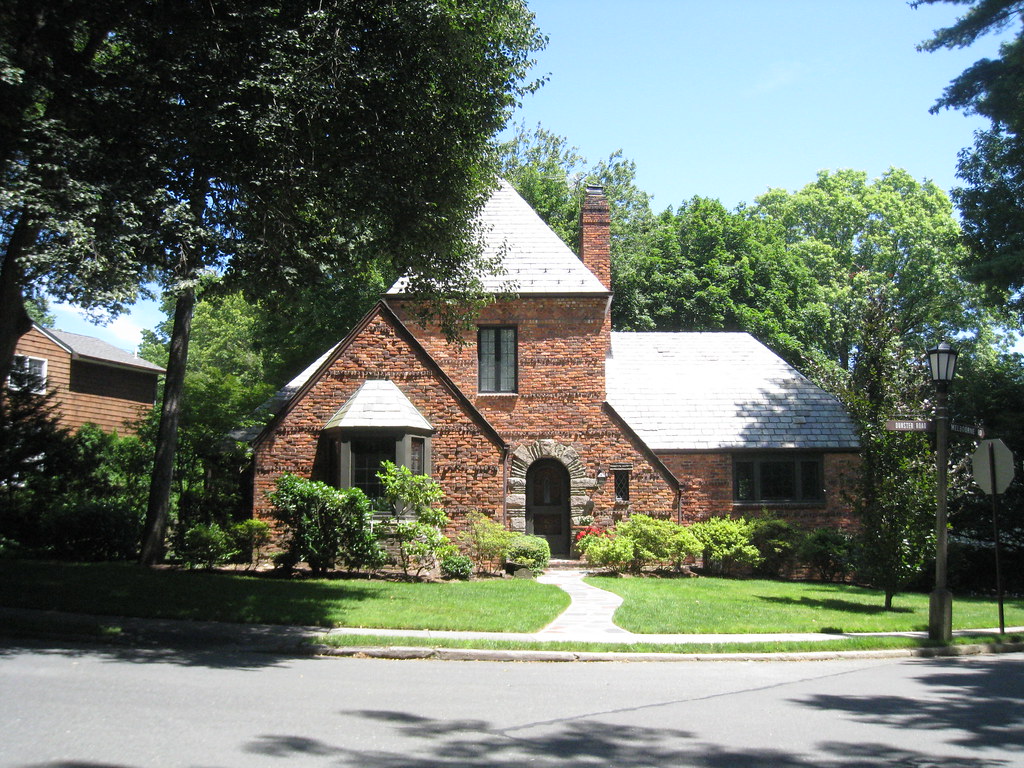
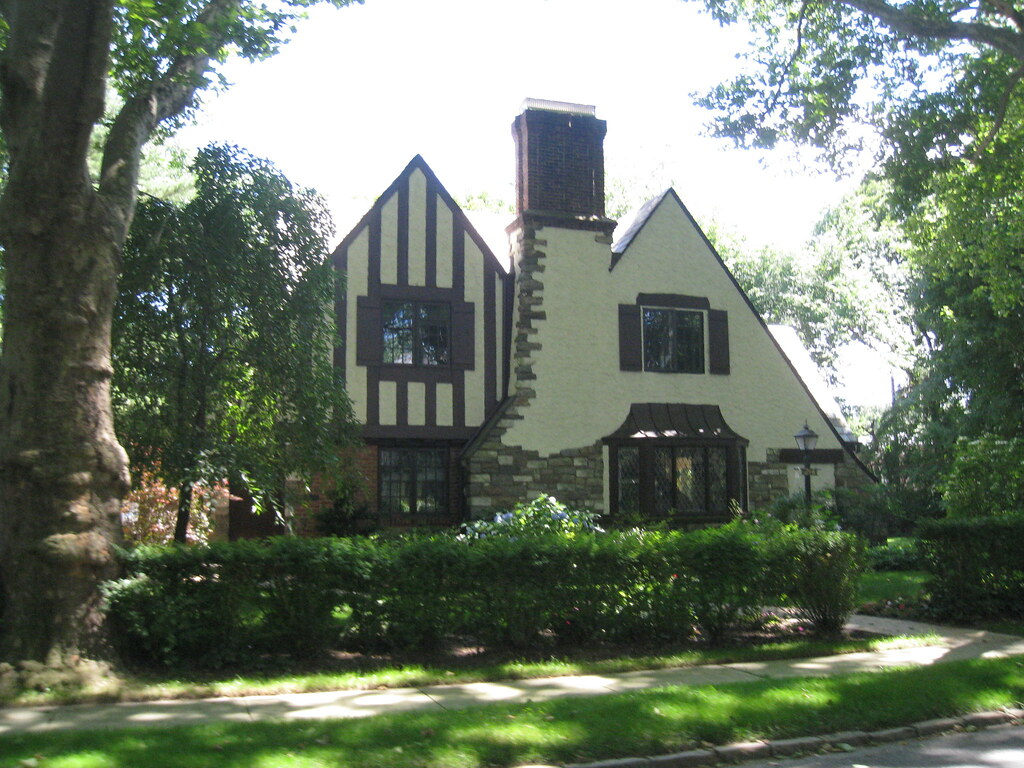
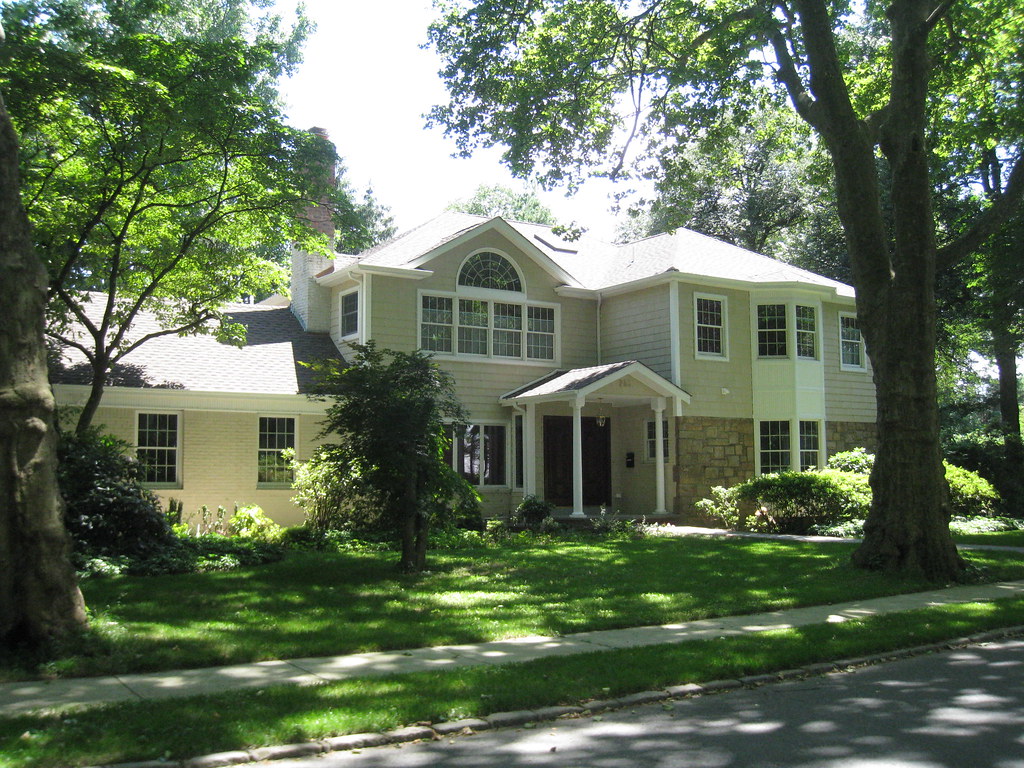
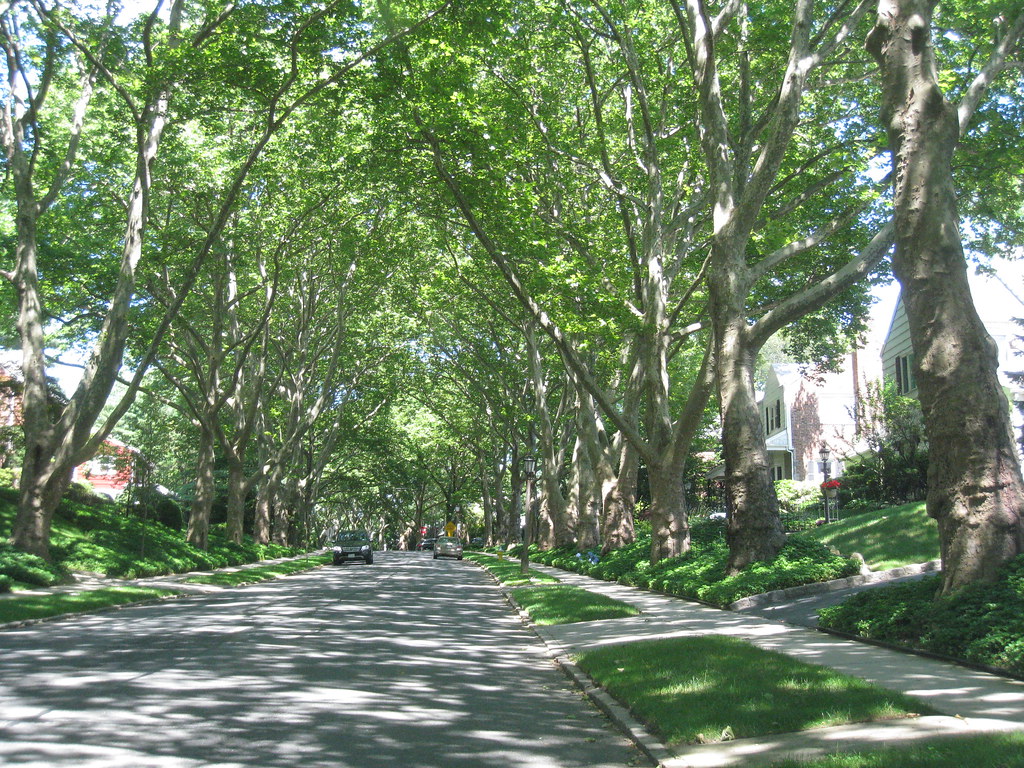

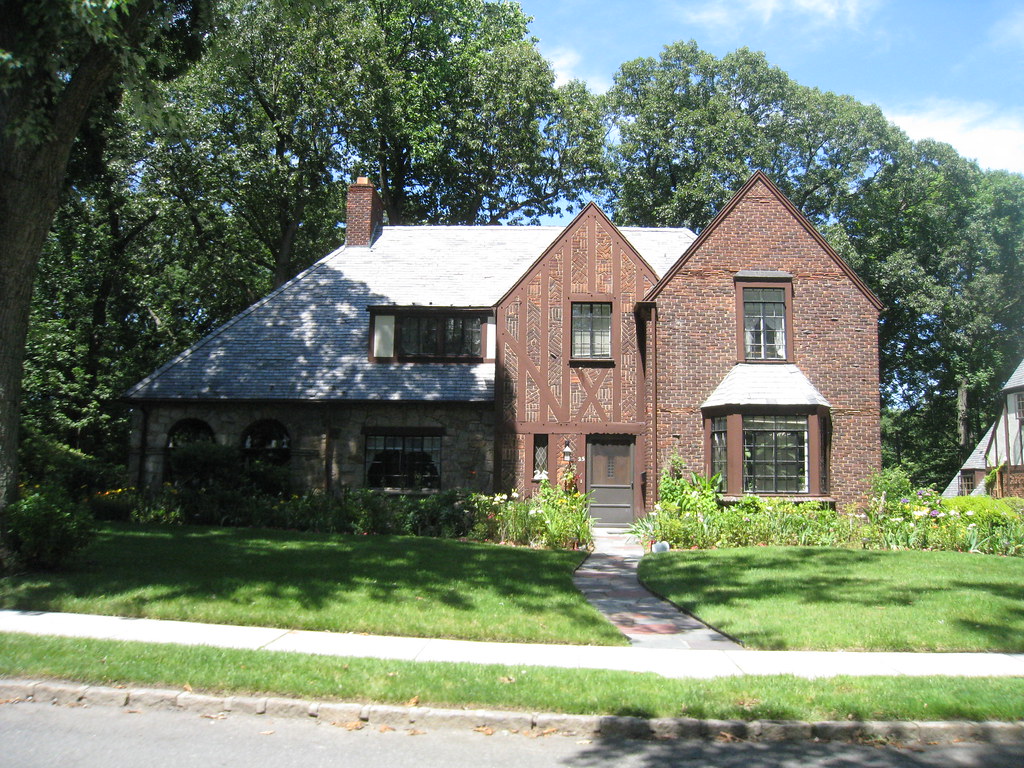

__________________
Brooklyn: The Motherland.
|